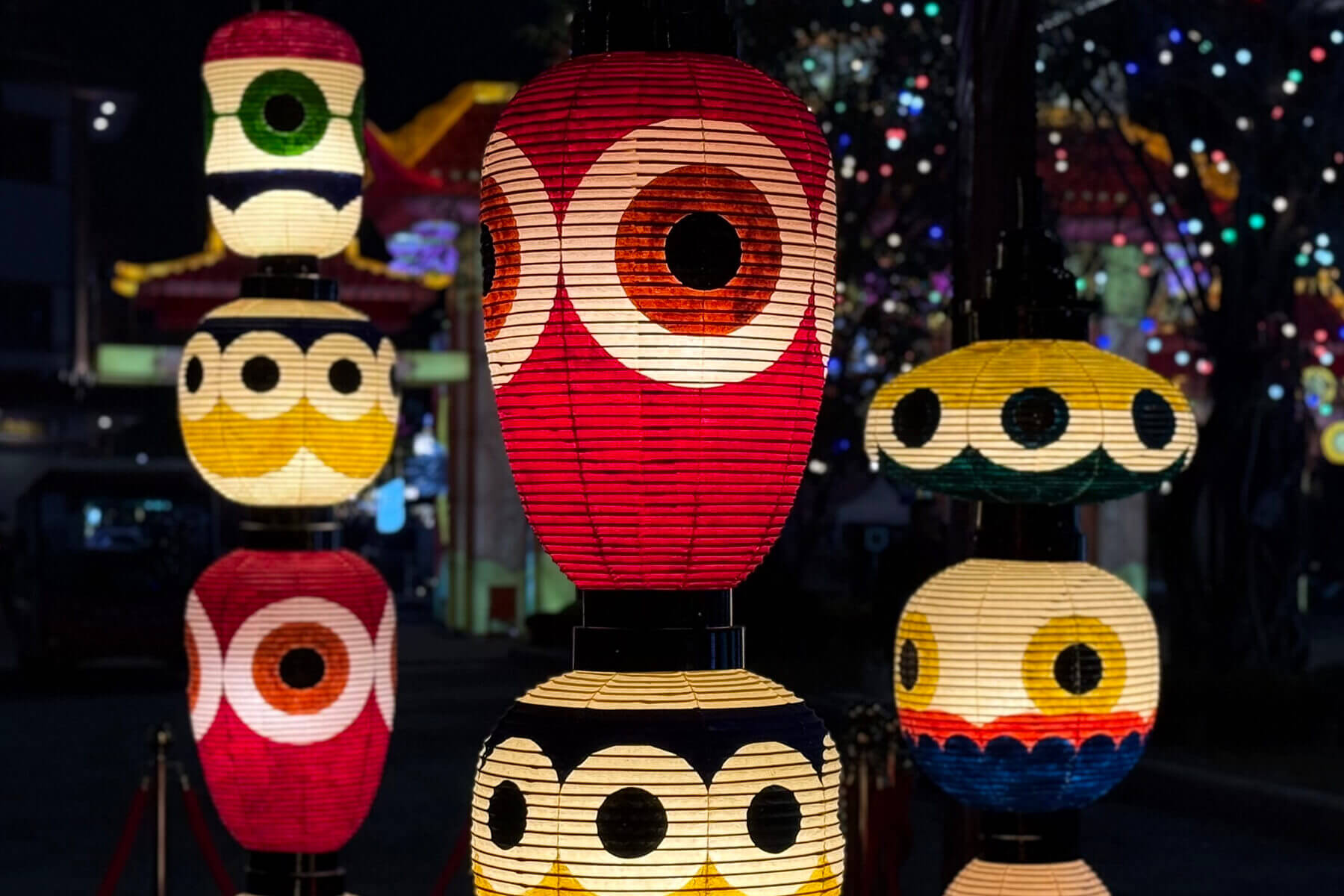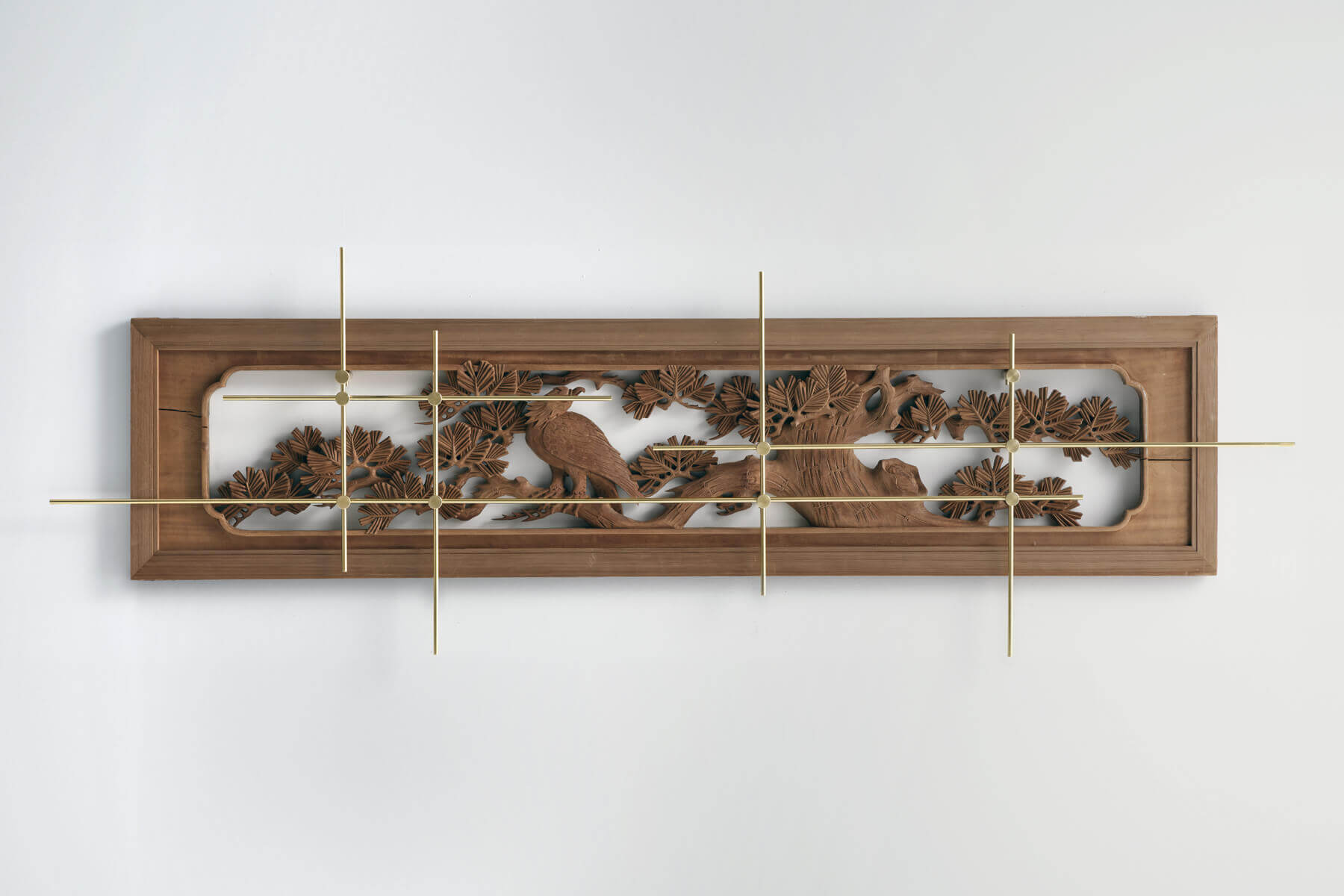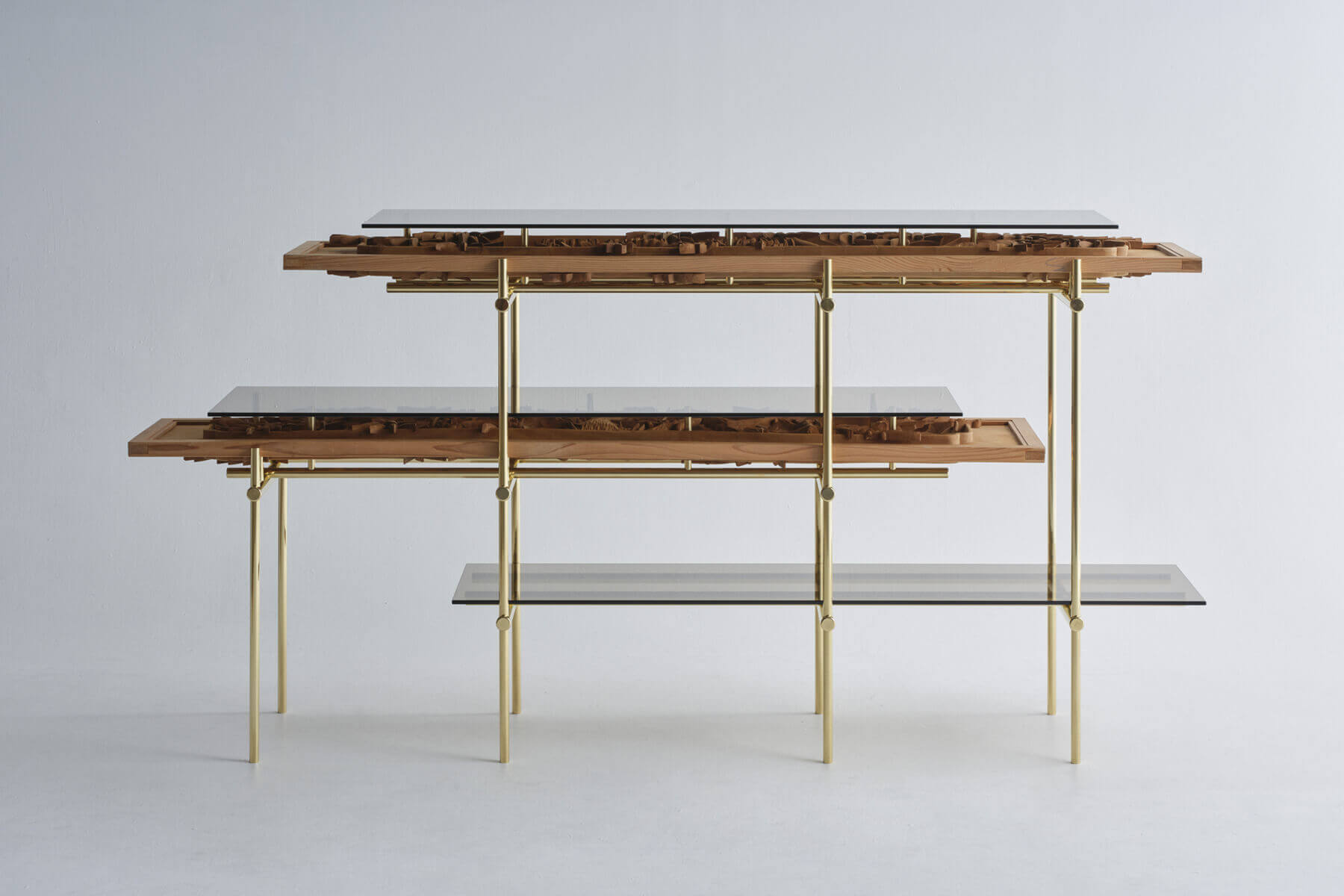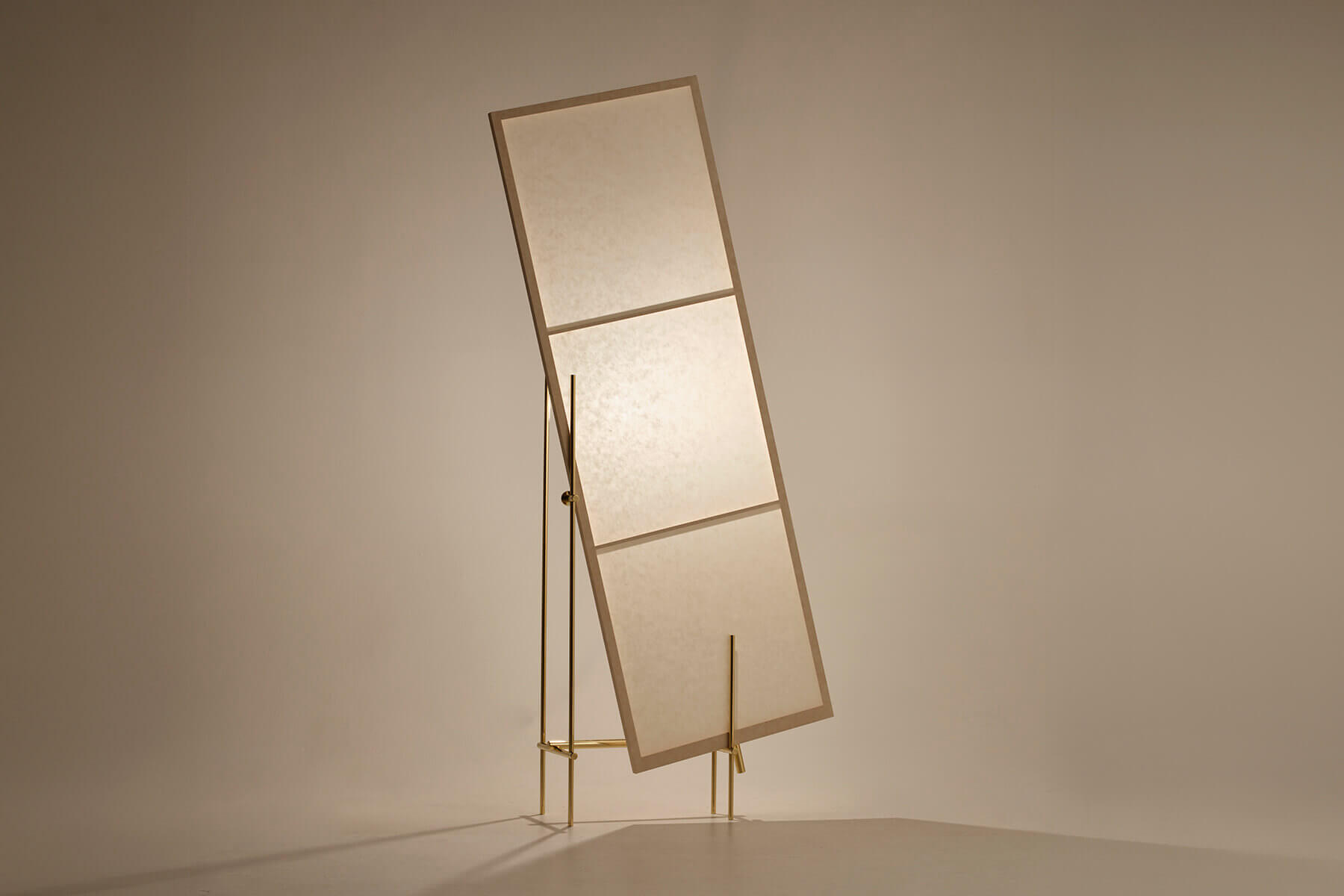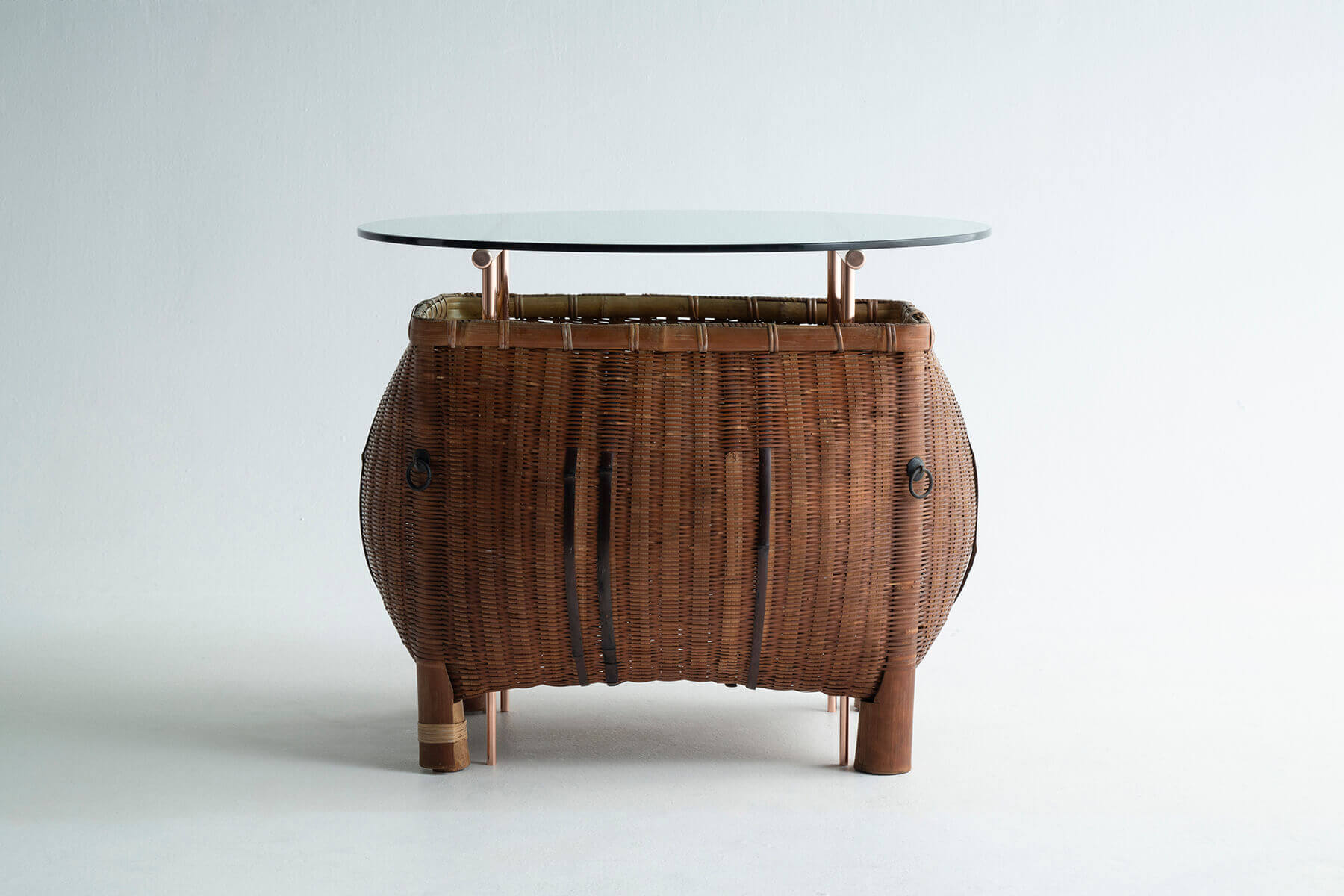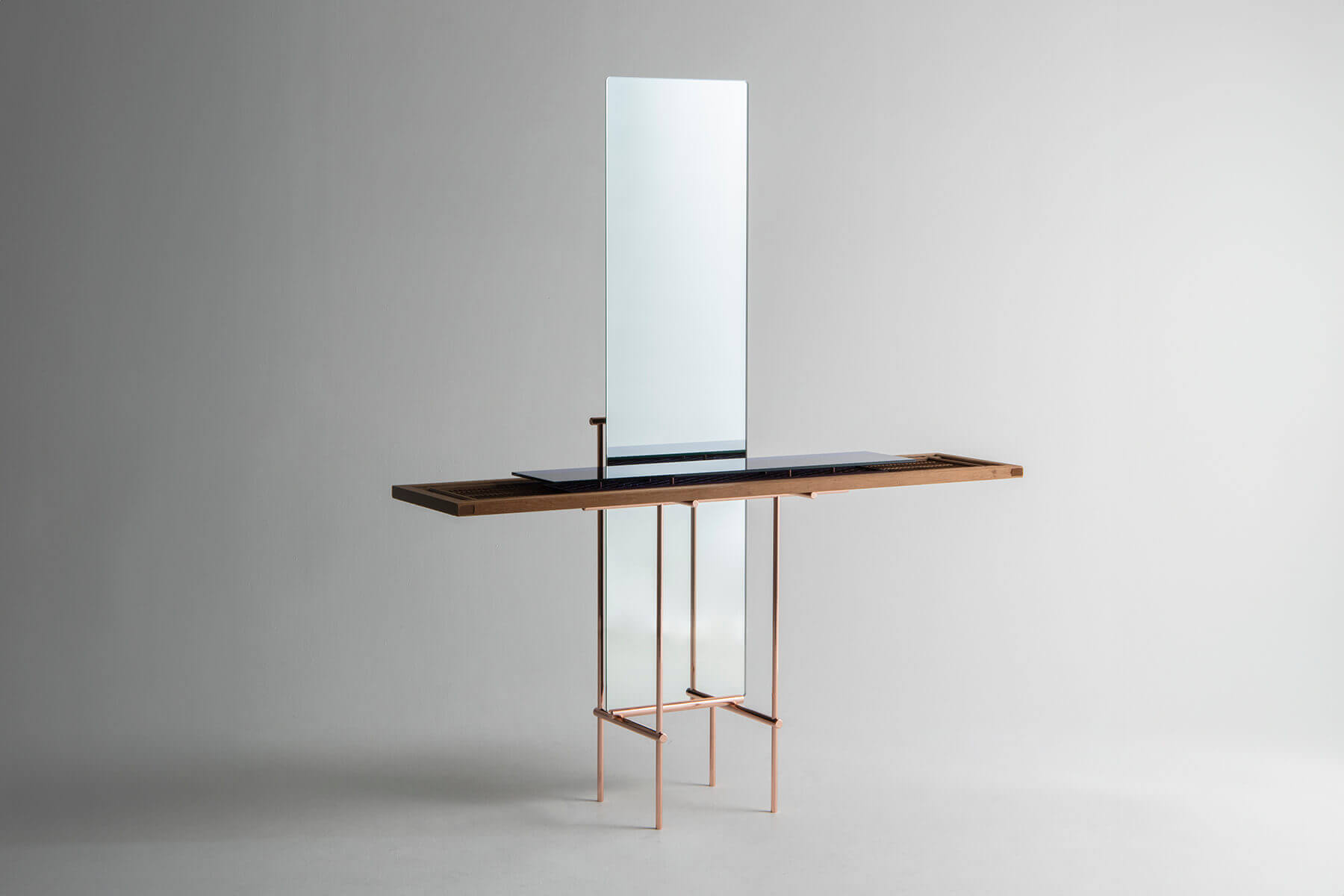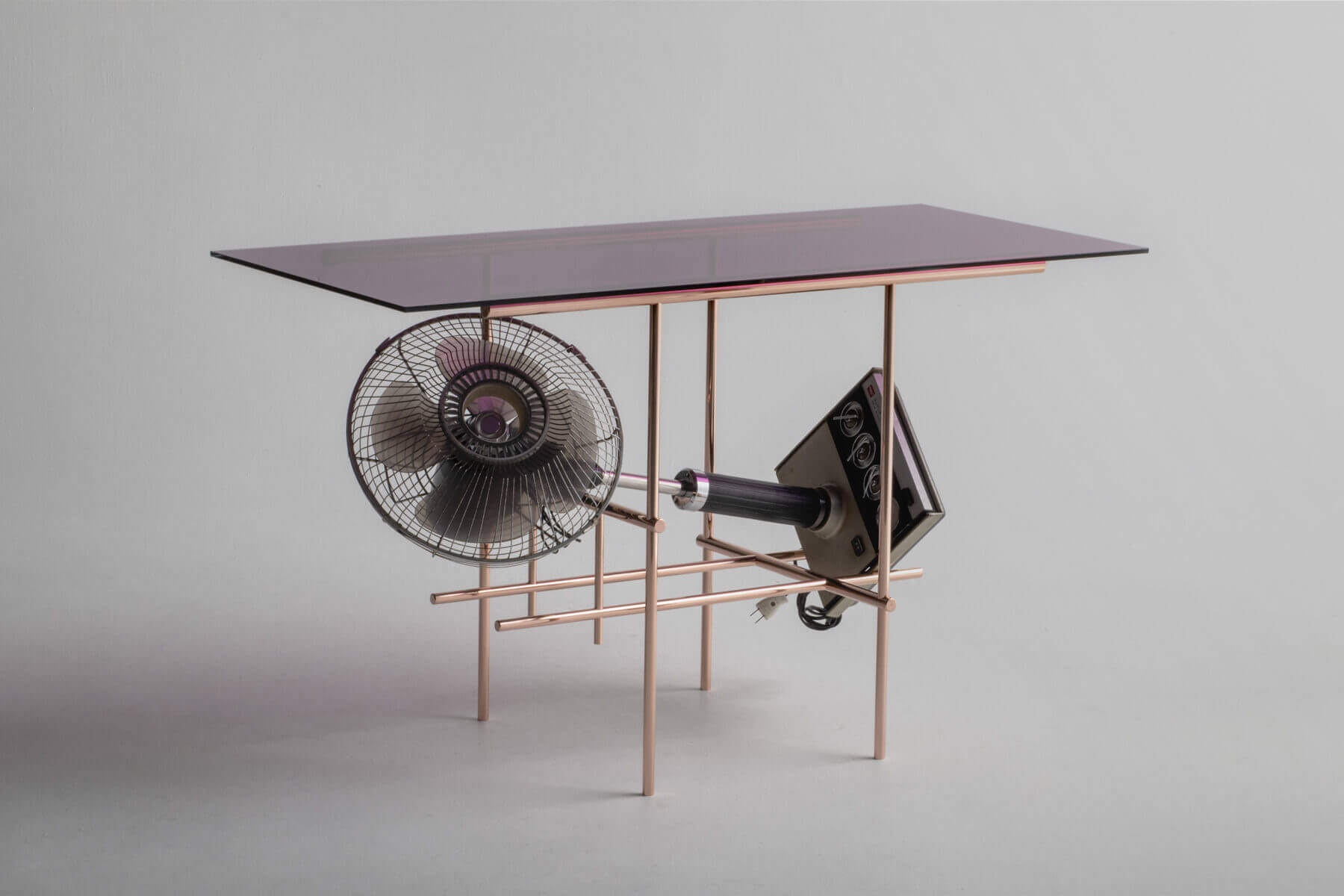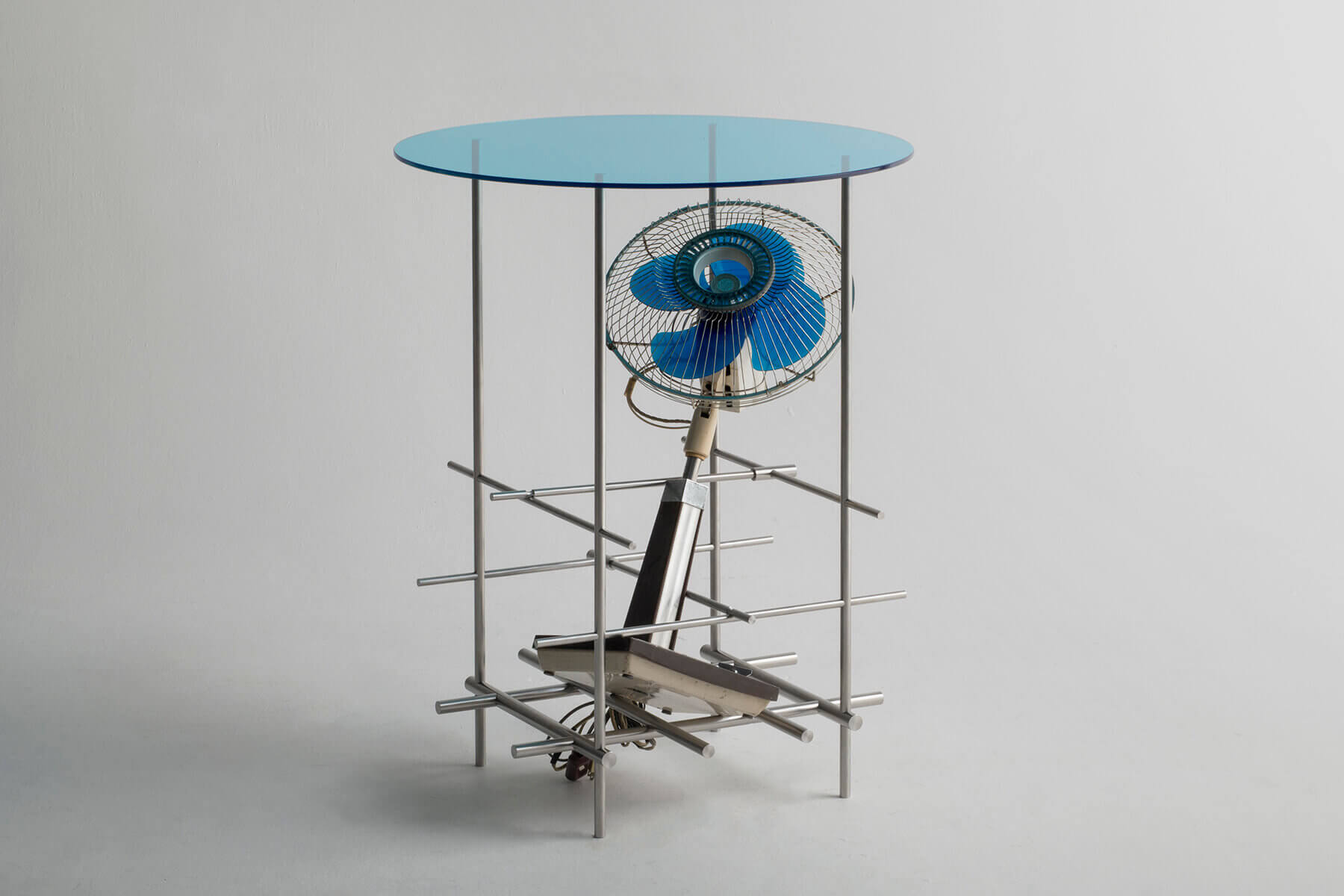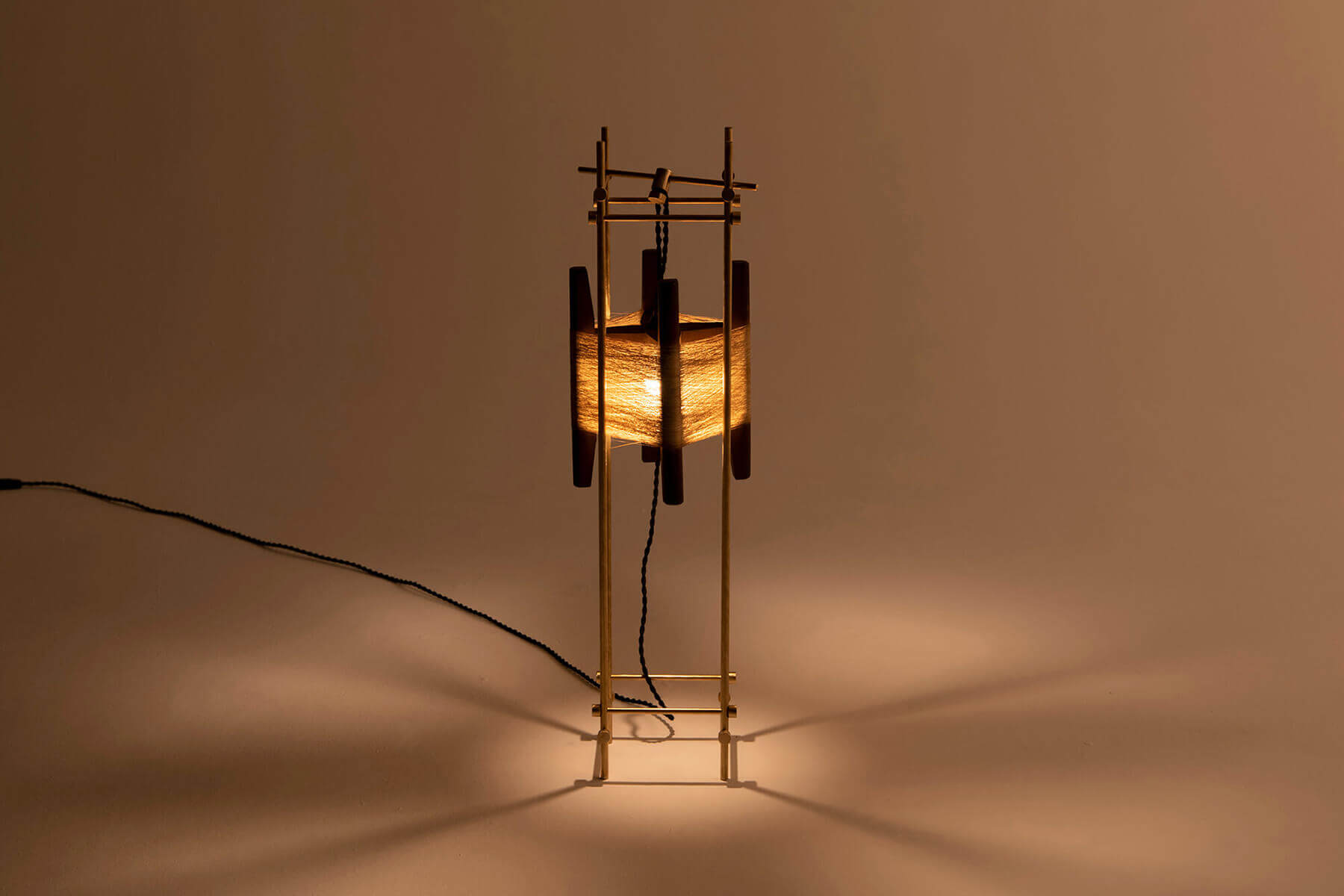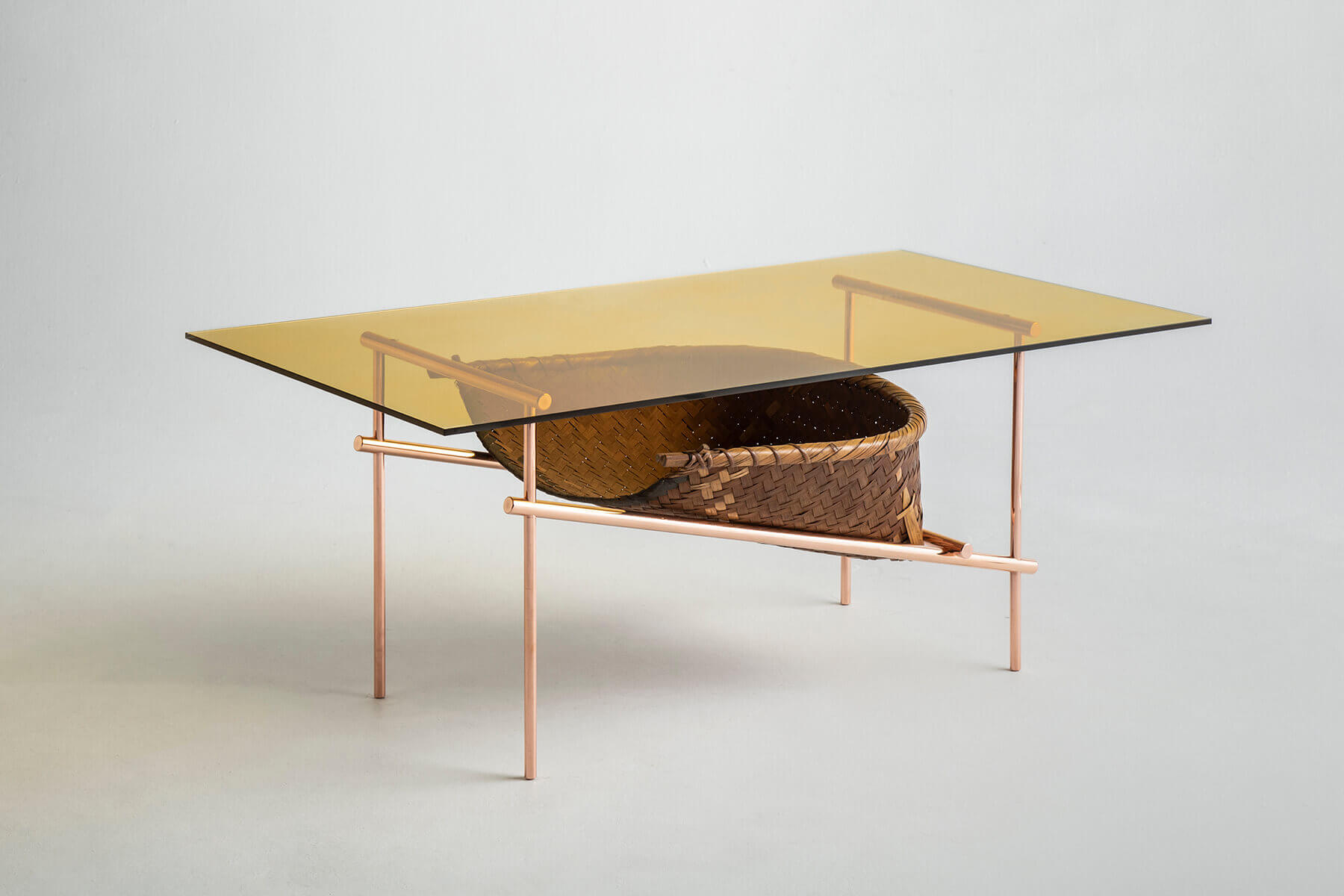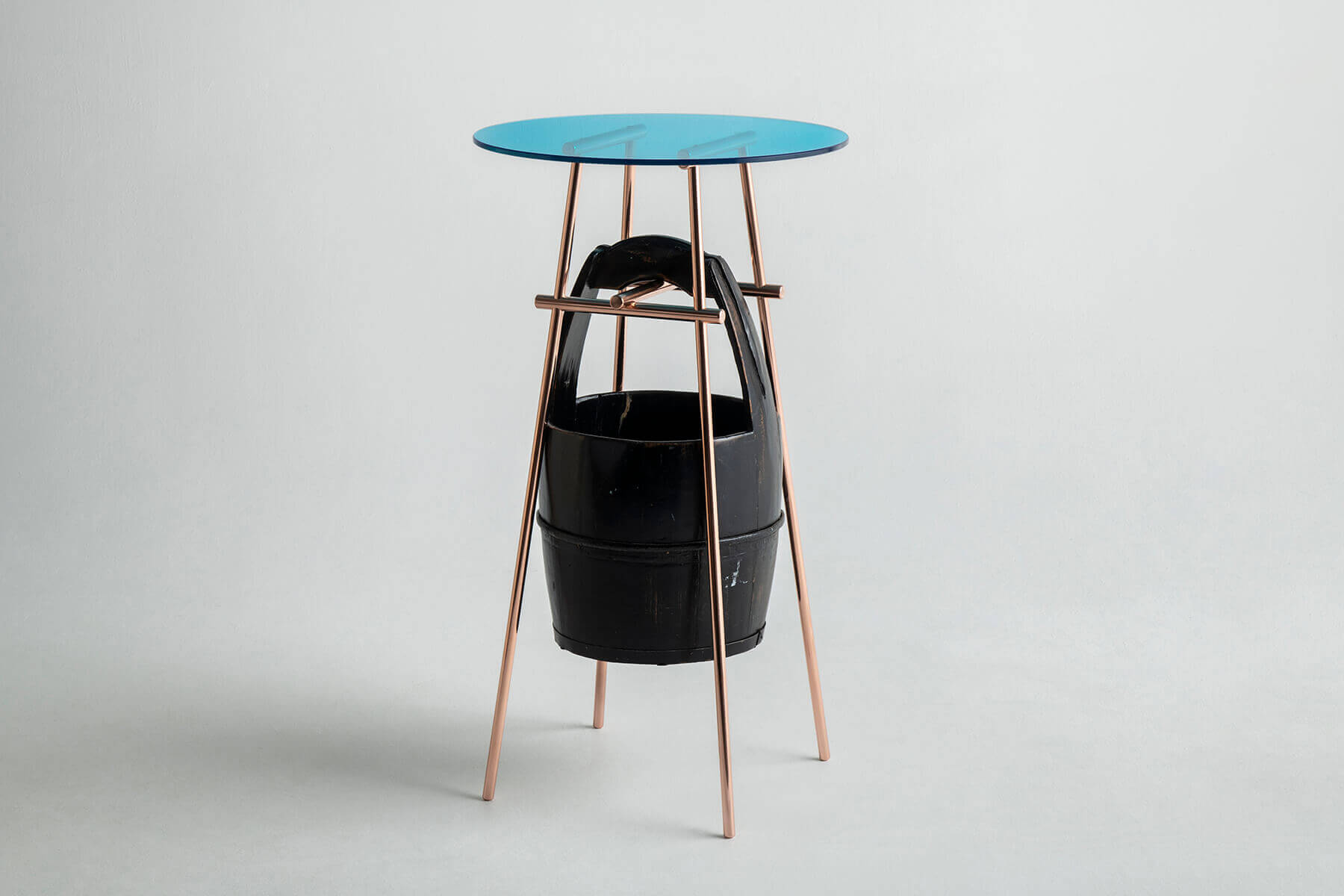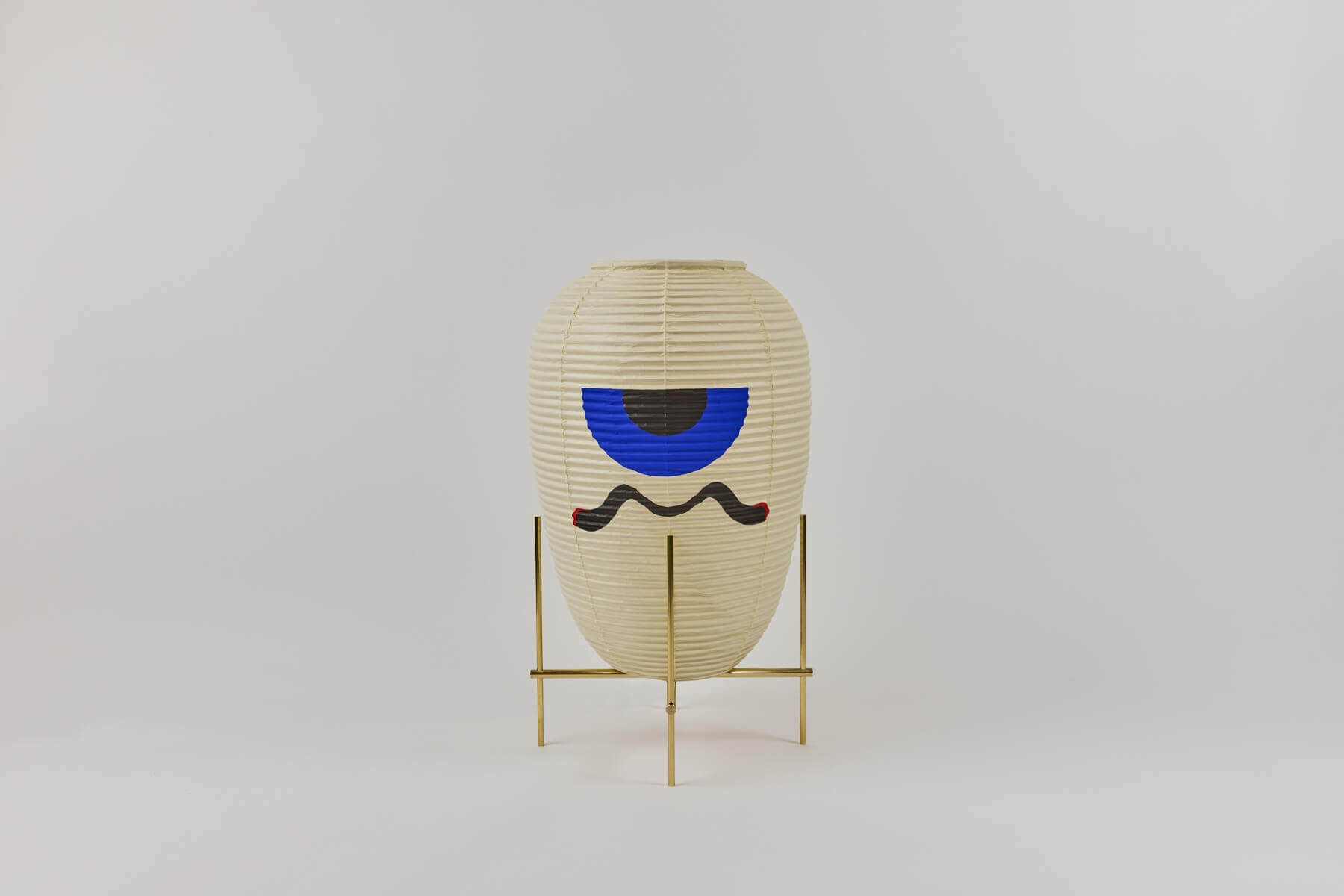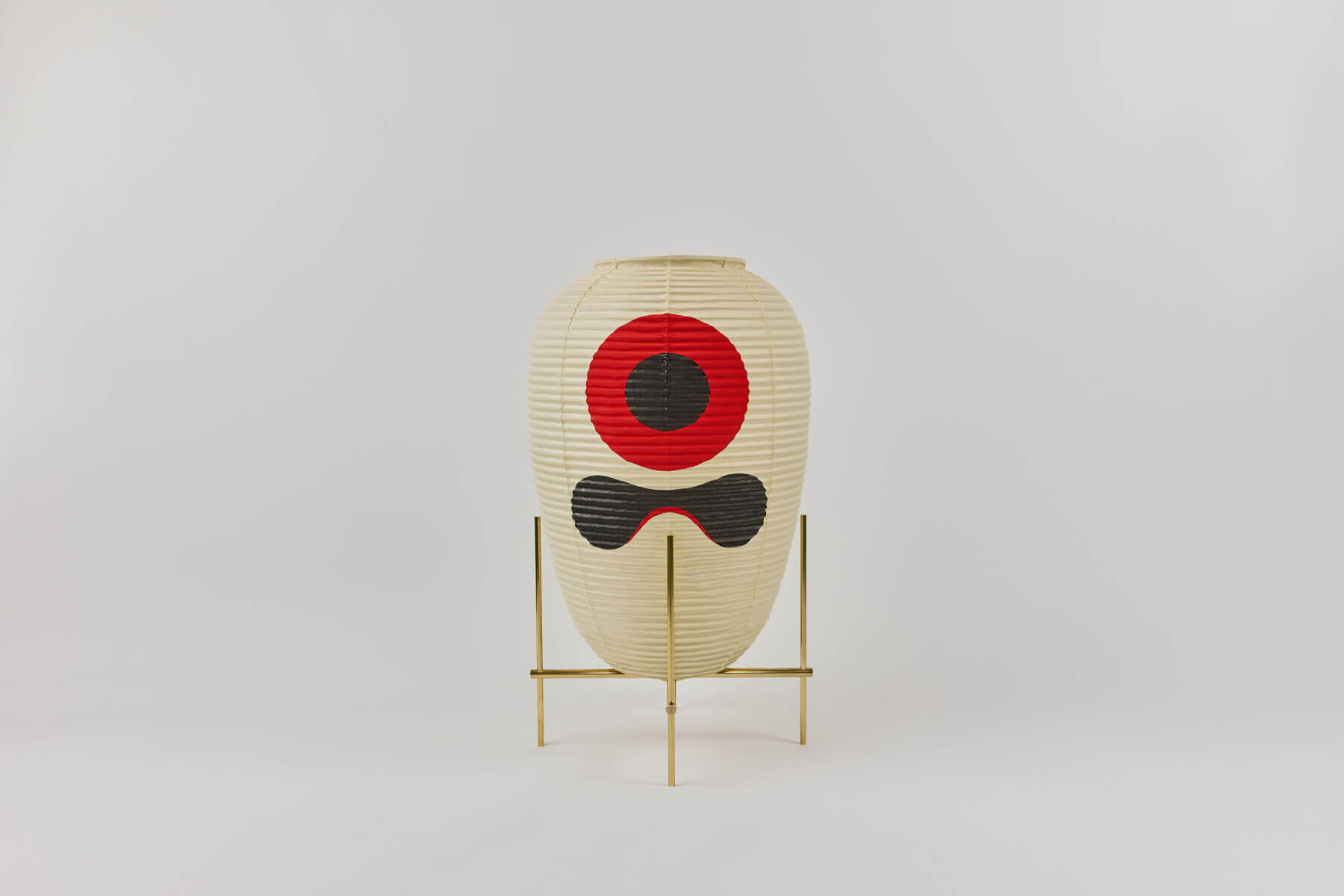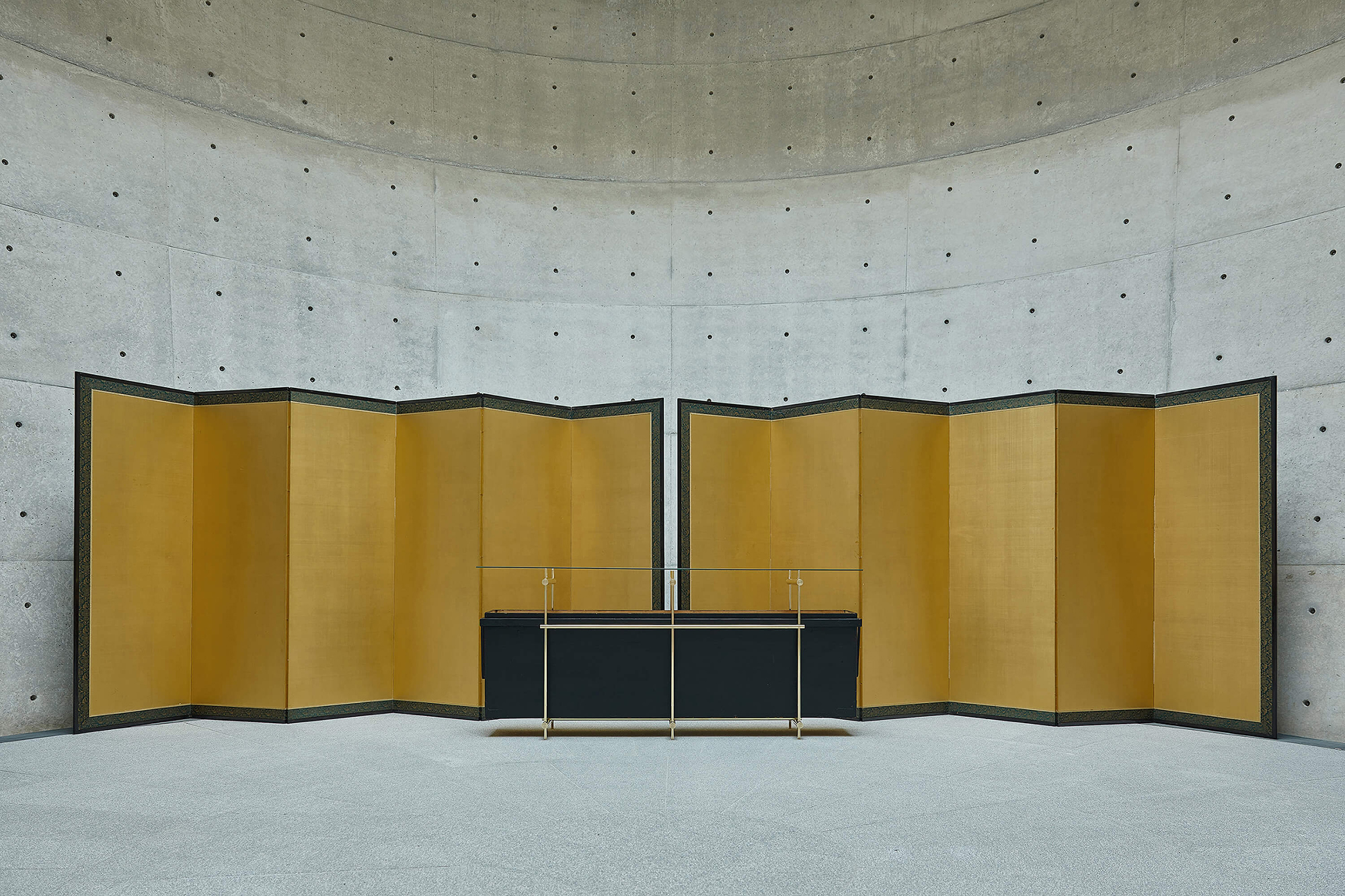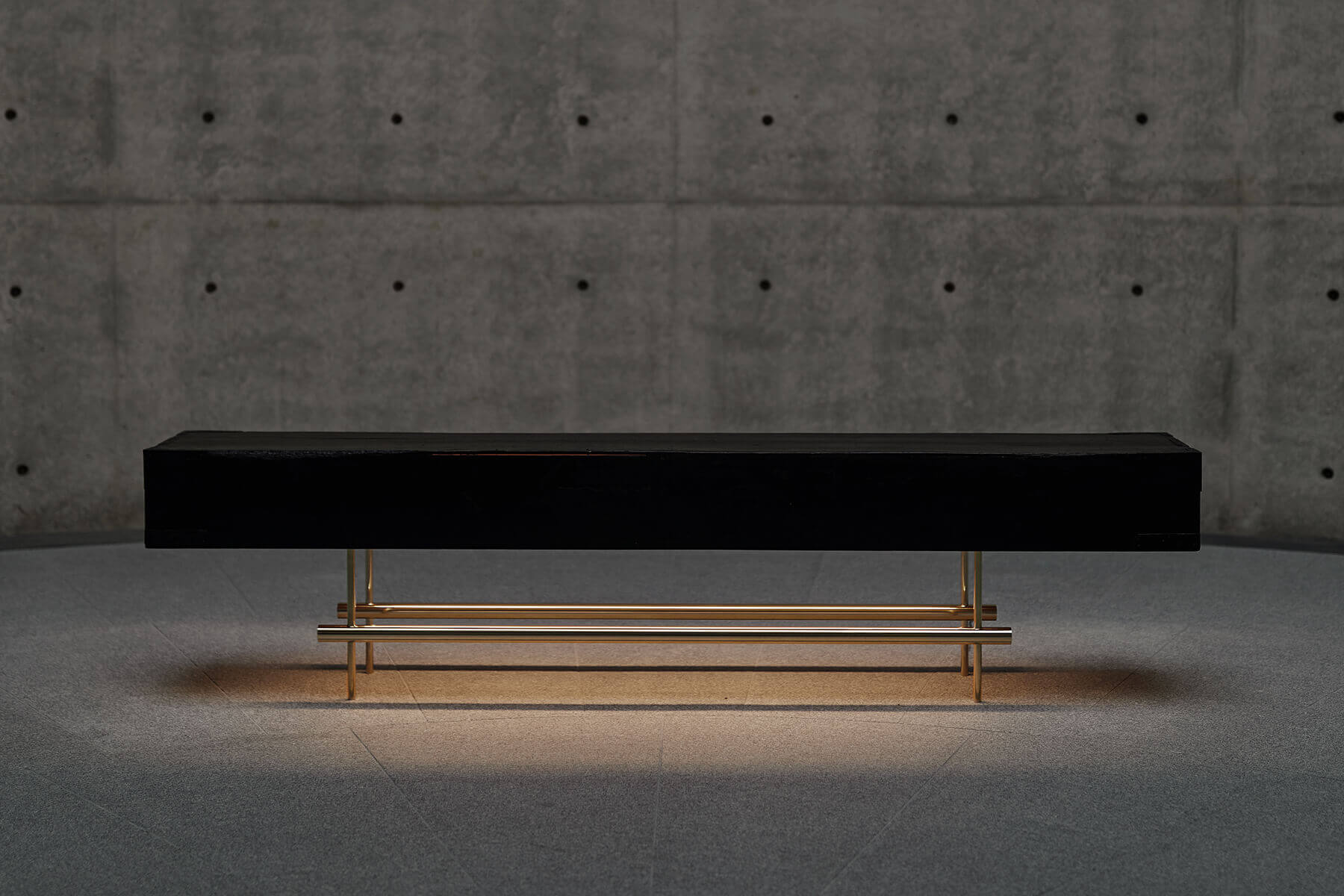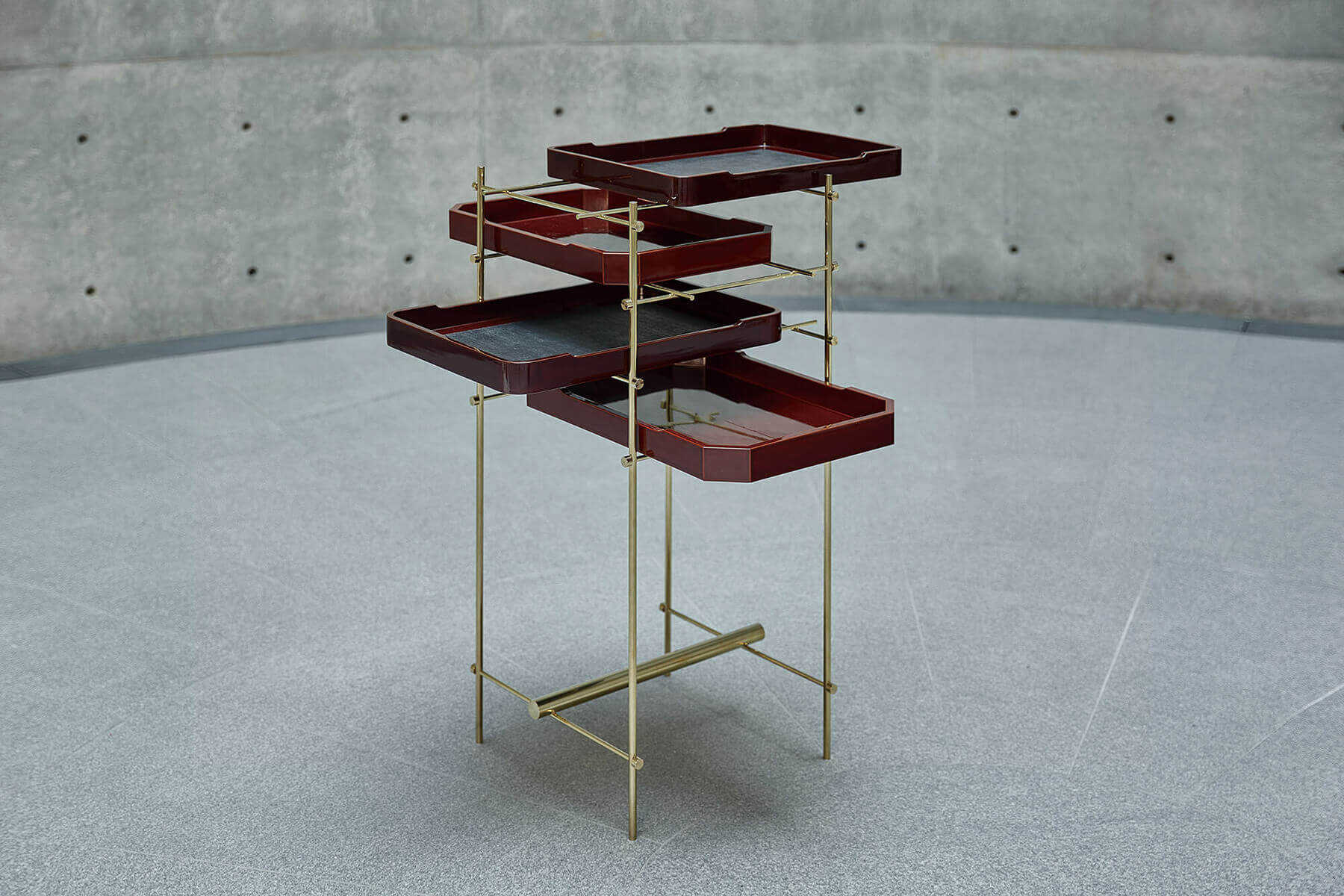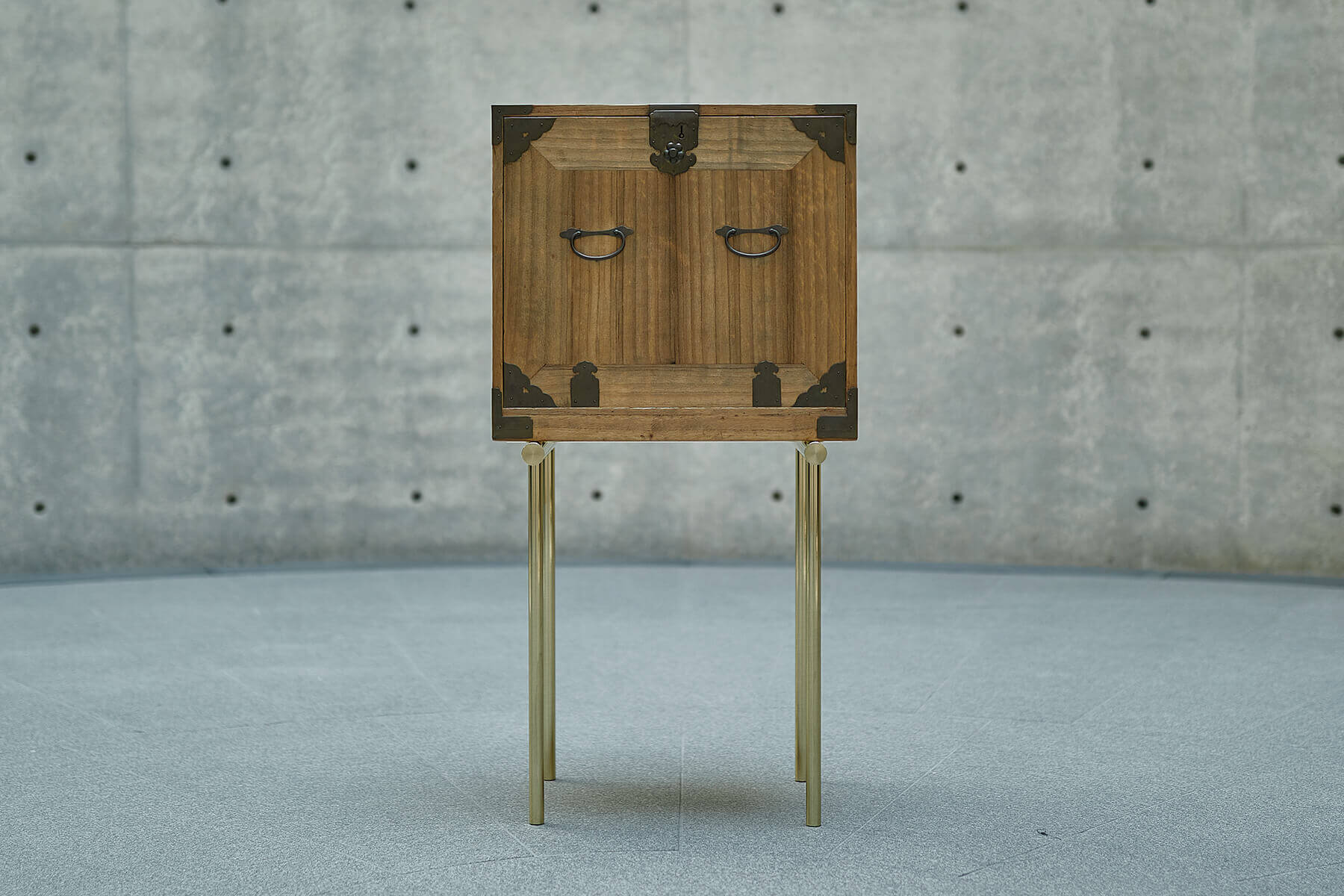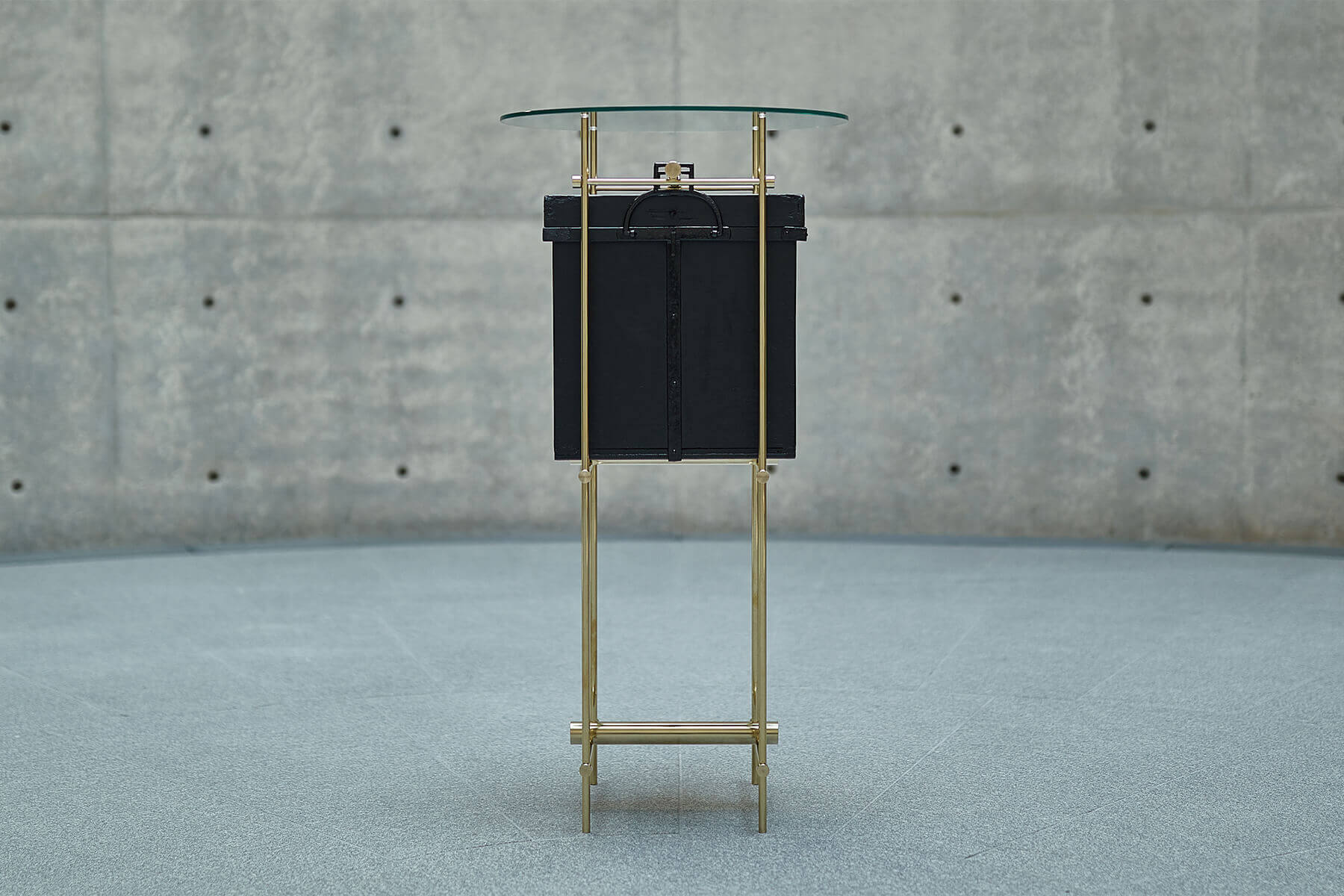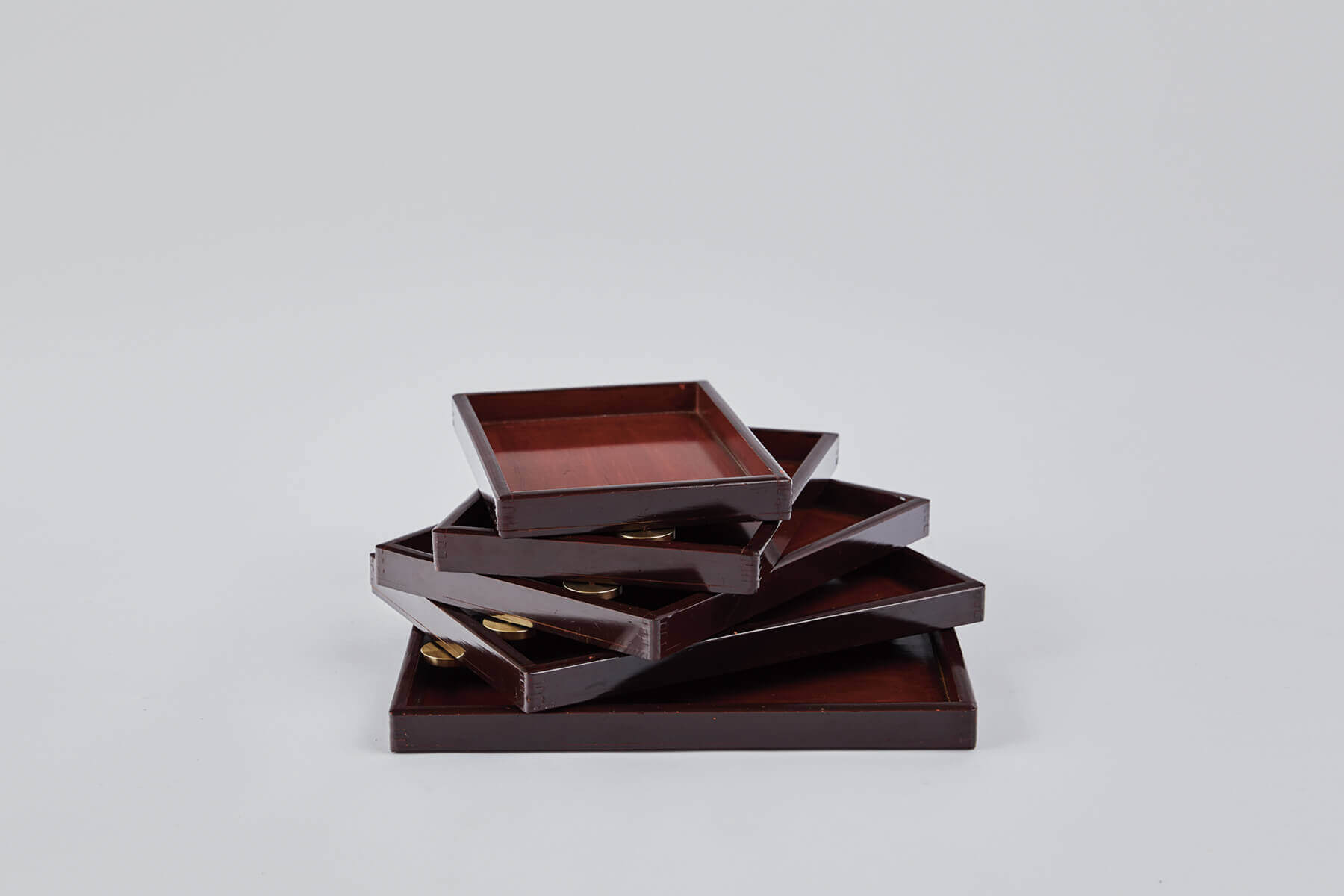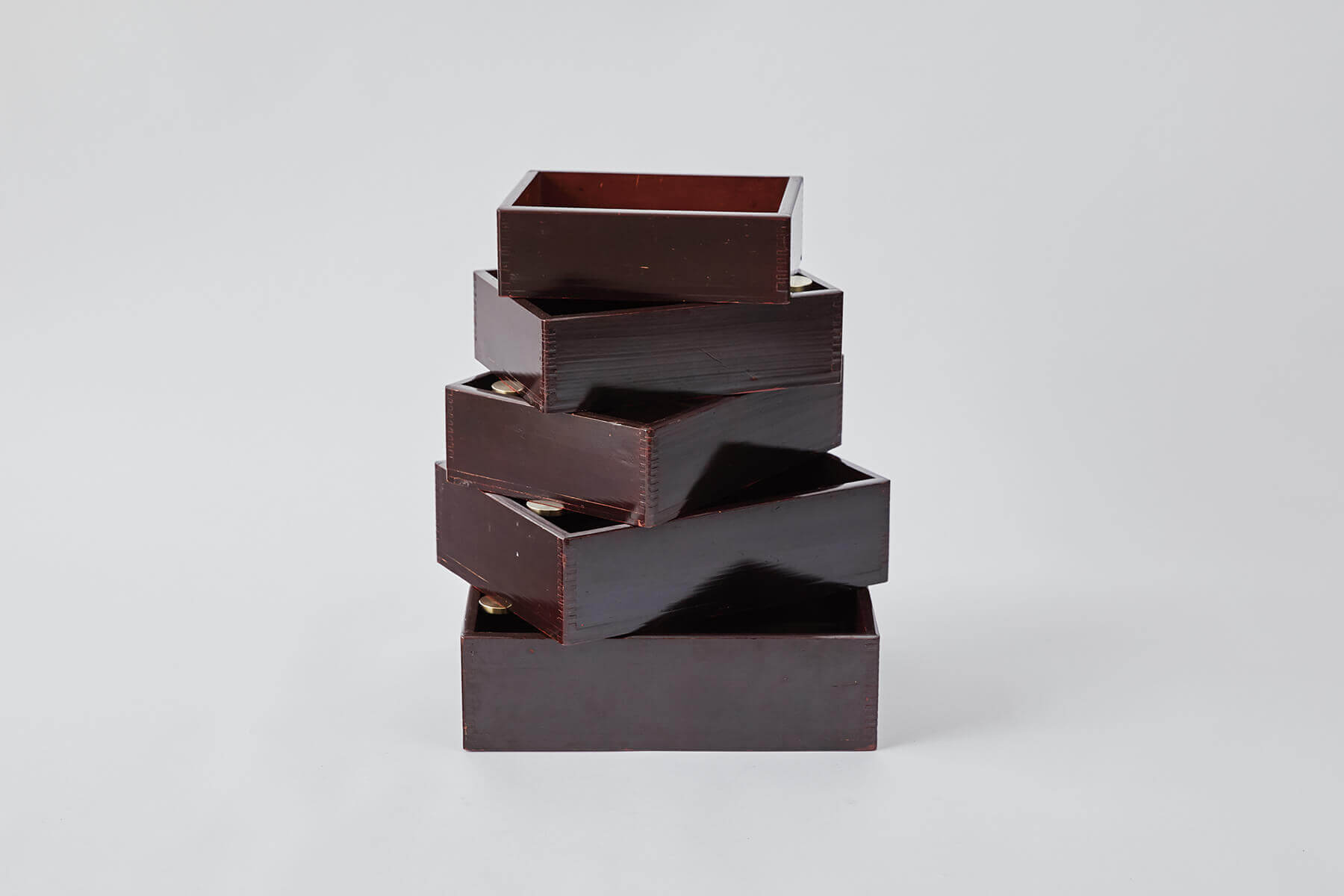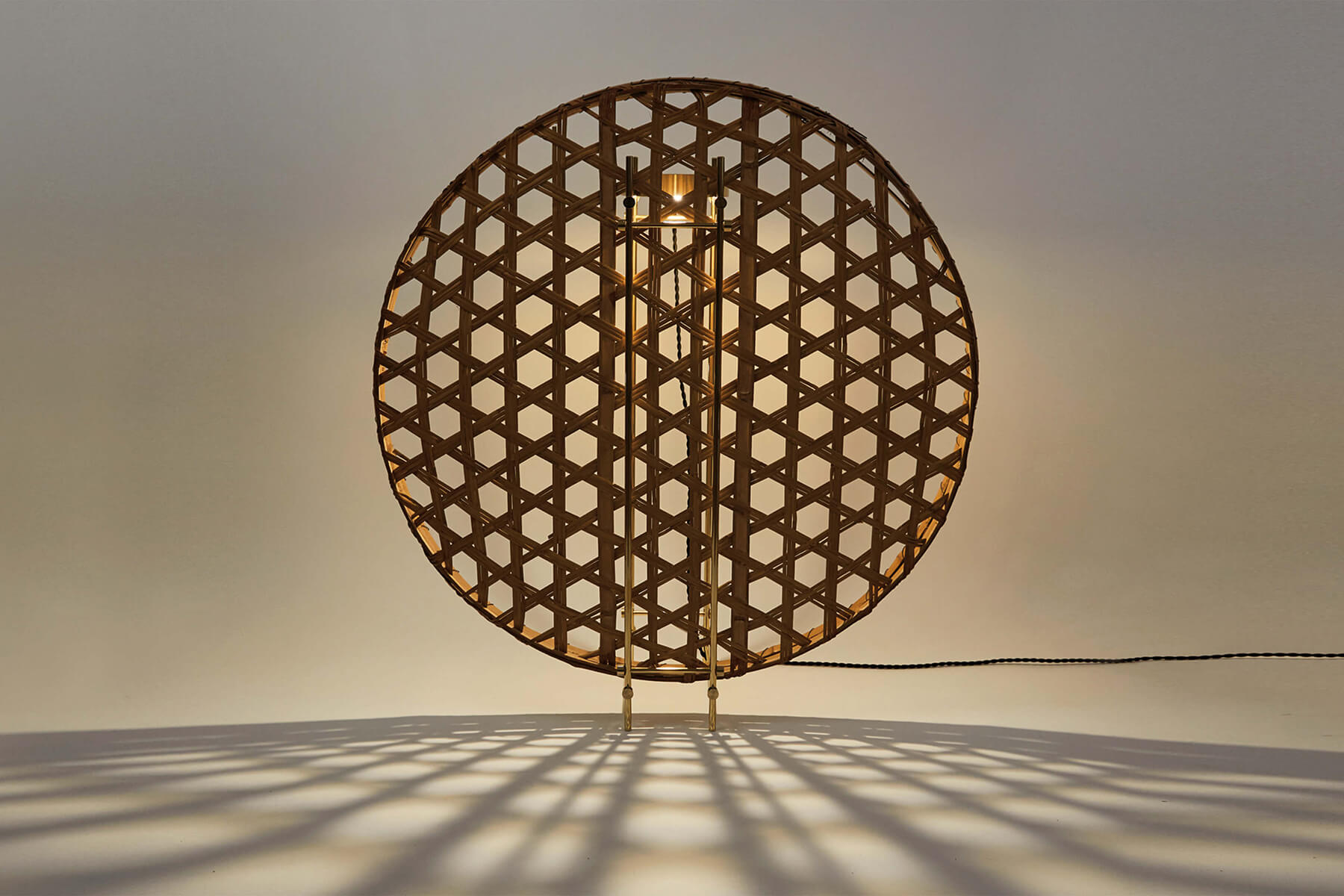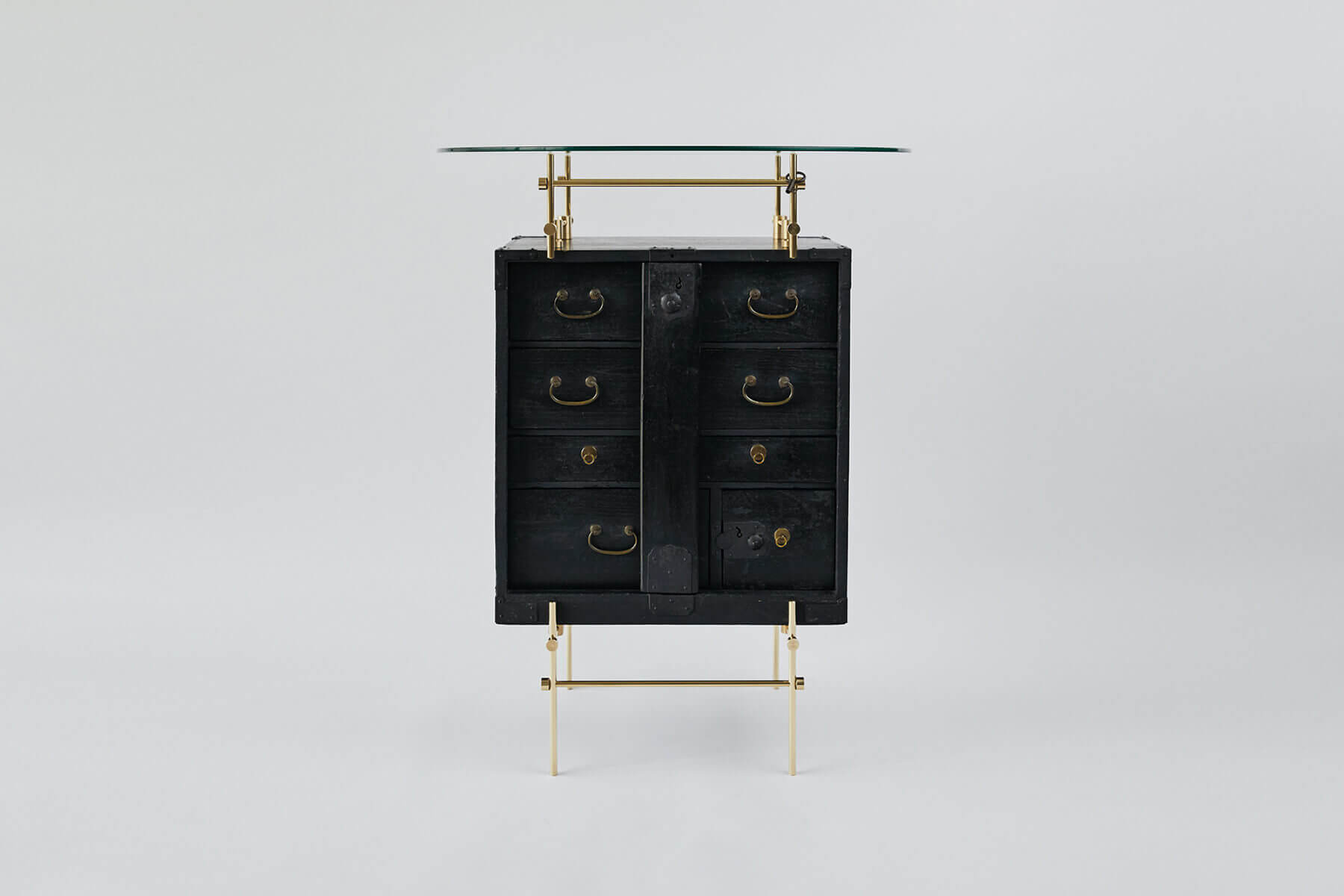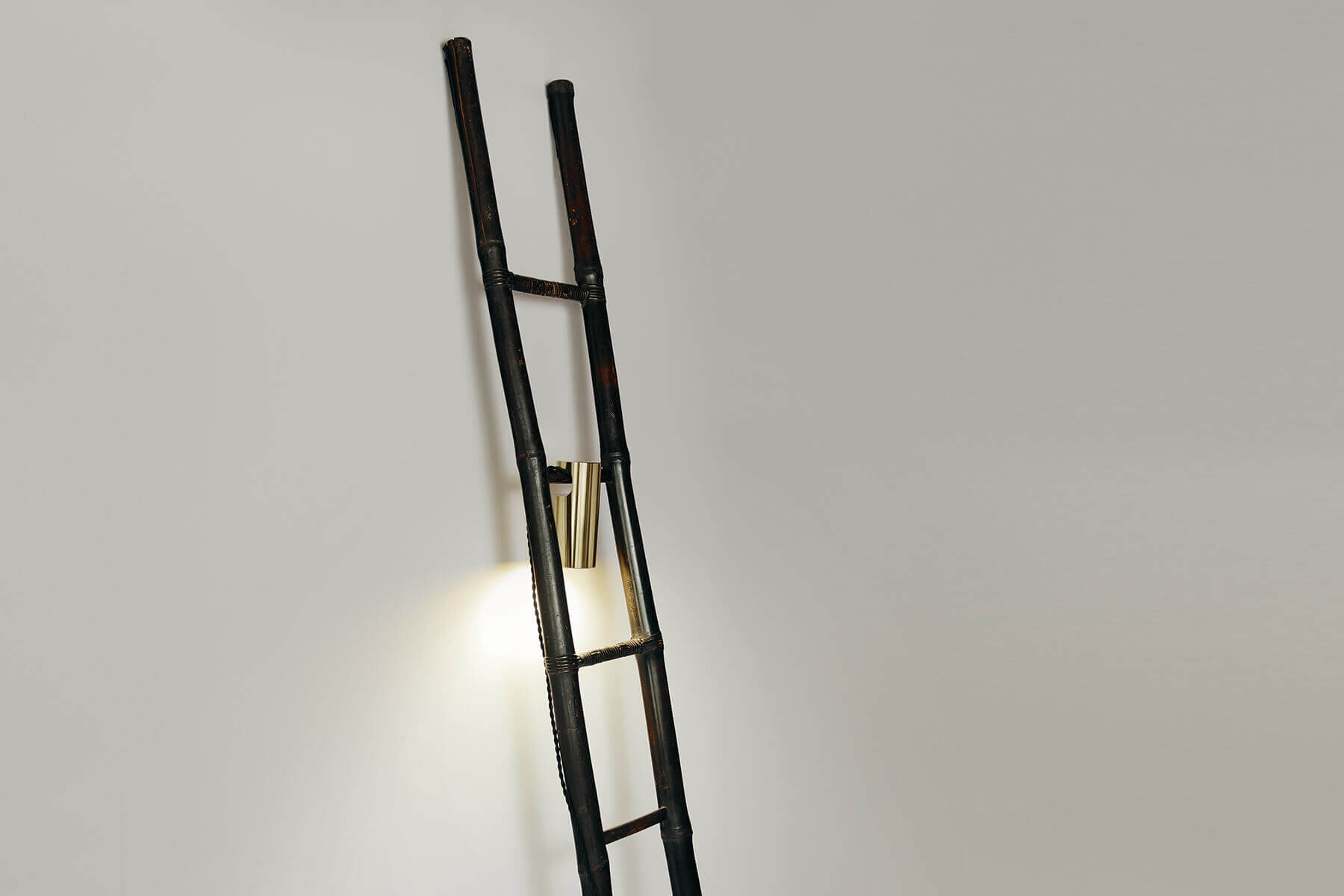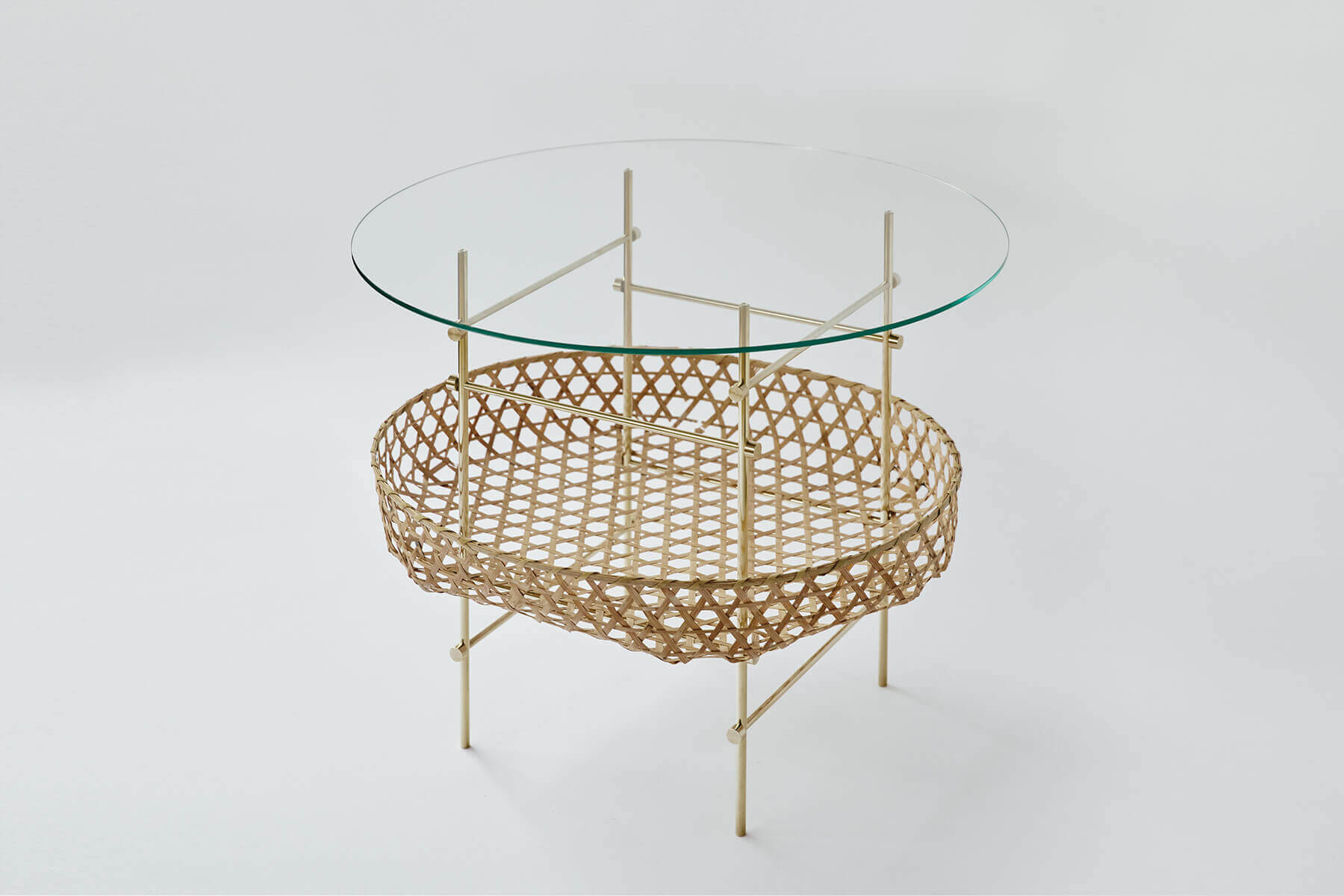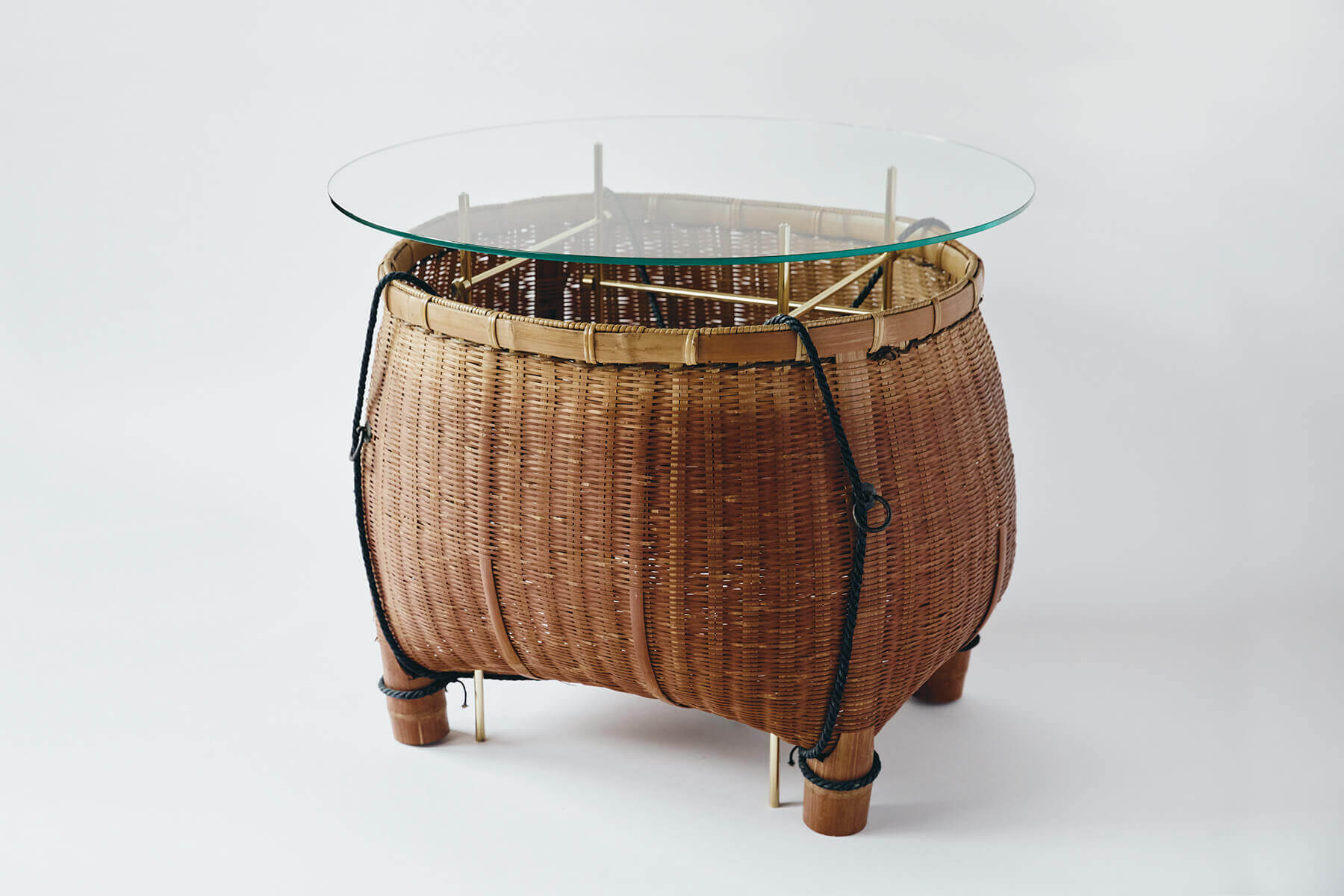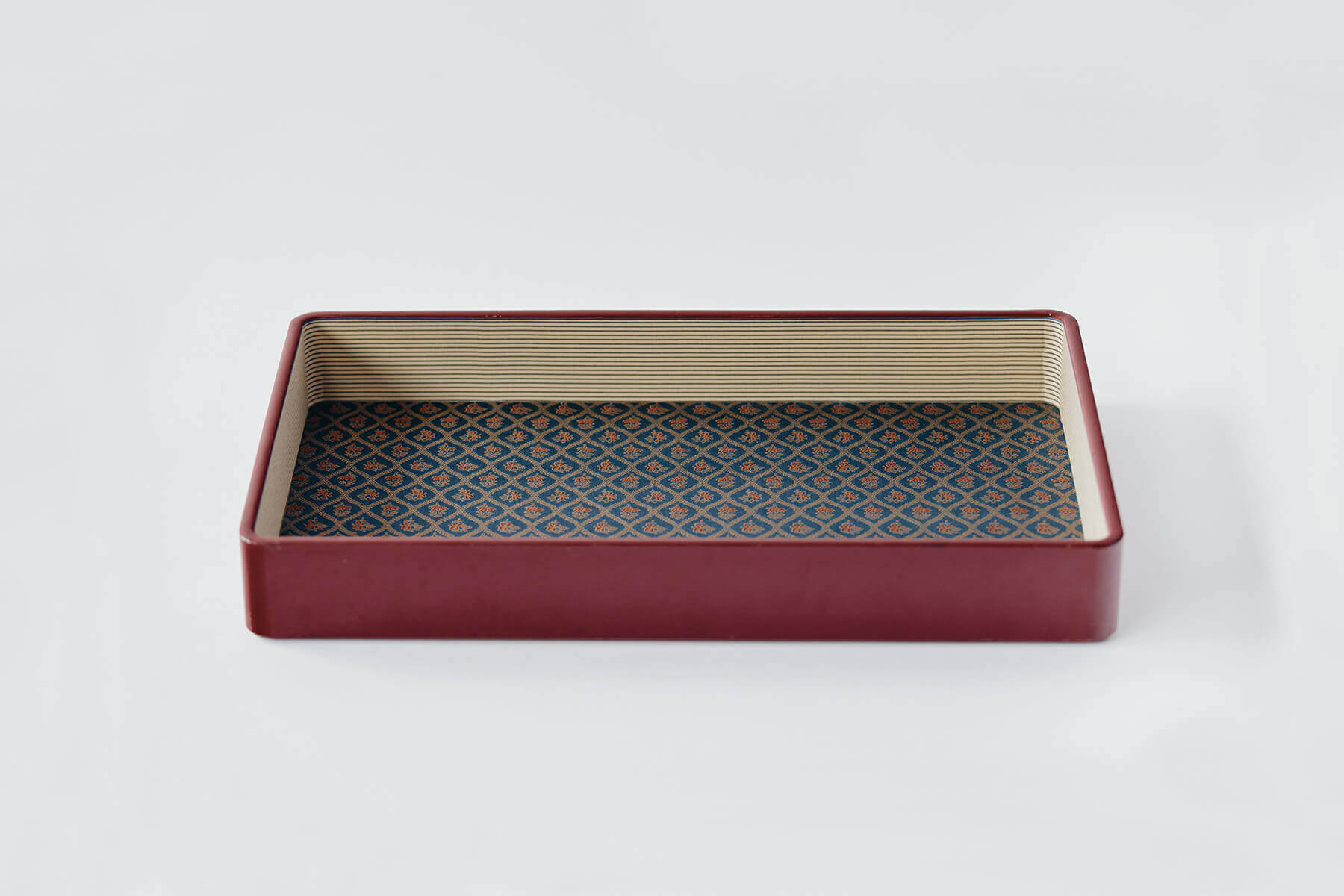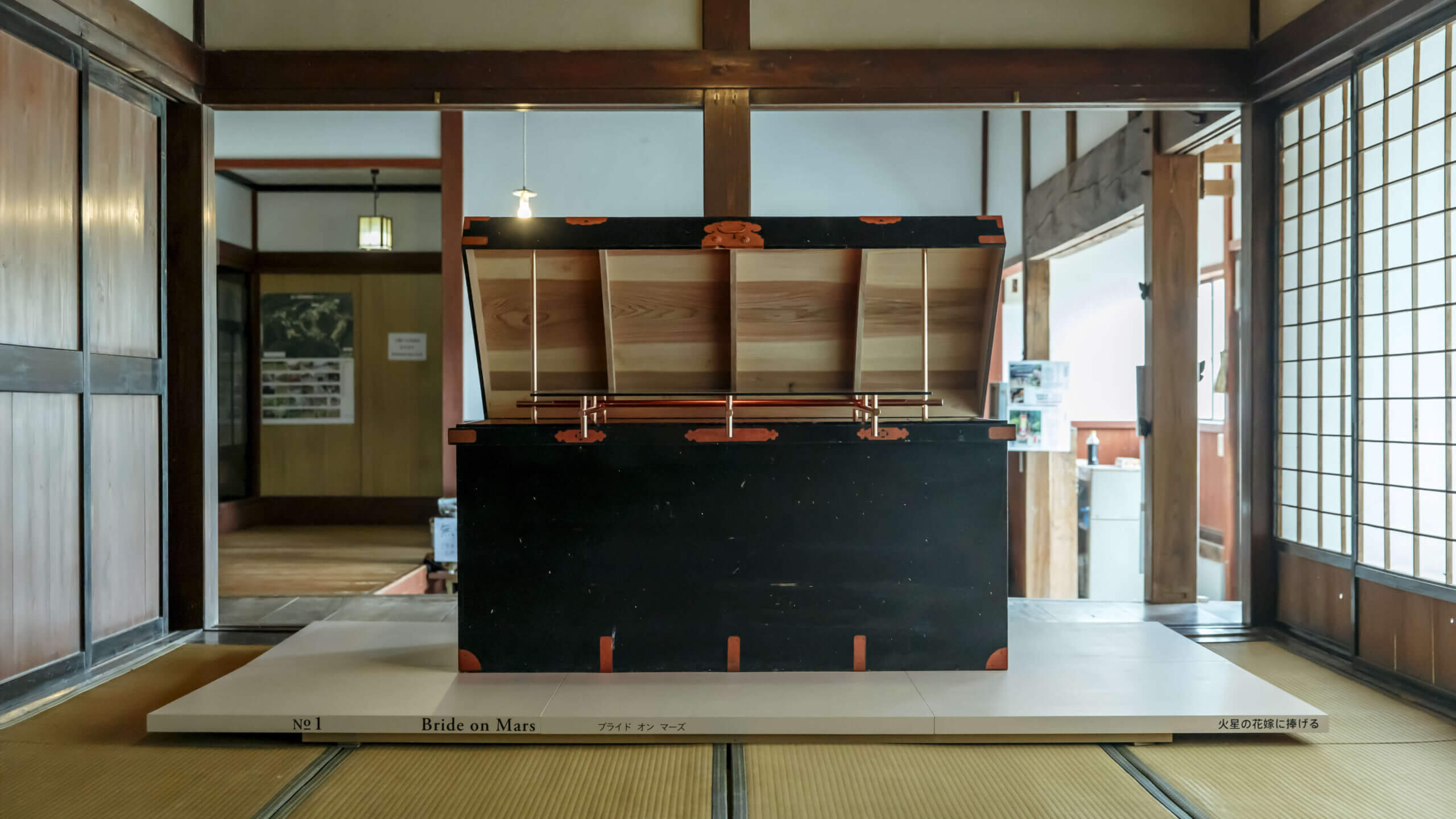
Future Past 2323
奥能登国際芸術祭2023
会期:2023年9月23日– 11月22日
会場:石川県珠洲市全域
主催:奥能登国際芸術祭実行委員会
実行委員長:泉谷満寿裕(珠洲市長)
総合ディレクター:北川フラム(アートディレクター)
Oku-Noto Triennale 2023
Date:September 23-November 12, 2023
VENUE:Across Suzu City in Ishikawa Prefecture
ORGANIZER:Oku-Noto Triennale Executive Committee
EXECUTIVE CHAIRMAN:Masuhiro Izumiya(Mayor of Suzu)
DIRECTOR:Fram Kitagawa(Art Director)
吉ヶ池の人々との交流を通して出会った寂れた道具たち(No.1-3&9)。それは人が作り、その営みに寄り添った痕跡。時を経て宿る霊性と生活の記憶は、未来への郷愁につながる。加速度的に進む人類の進歩は、テクノロジーに全てをのみ込まれてしまうのだろうか。否、その先にこそ私たちは、より人らしくあろうとする感性を価値とした文化的な特異点を迎えるのだろうと仮定しました。
この吉ヶ池の古民家にあるのはそんな300年後の人類が暮らす宇宙世紀(おそらく人類は銀河系を自由に行き交っているだろう)において、2023年の現代に過去の道具とされているもの達が、2323年に在ることを思い描いた未来の家具や灯りです。一度は遺物となった古民具の変容は、より新鮮で生命感に溢れた道具として、宇宙を行き交う人類に寄り添う道具になるのではないかと考えました。私たちが生きる今の時代では、まだ見ることのない物語を想像し、共有できる時間になることを願って。
Japanese folk tools (No.1-3&9) encountered through interaction with the people of The Yoshigaike village. They are traces of the tools made by people and their lives. The spirituality and memories of life that dwell over time ss. Will the accelerating progress of mankind be entirely engulfed by technology? No. I hypothesized that it is precisely beyond that point that we will reach a cultural singularity where sensitivity to be humanity will be a value.
The work in this old house of Yoshigaike village are furniture and lights by the tools of the past in the present day, but also furniture of the future, envisioned to exist in 2323, the cosmic century where humans will live 300 years from now (humans will probably be traveling freely in the galaxy). I thought that the transformation of old folk tools, once relics, would become tools that are fresher and more full of life, tools that will accompany humanity as it travels through the universe. Hoping that it would be a time to imagine and share narratives that we have yet to see in the current era in which we live.
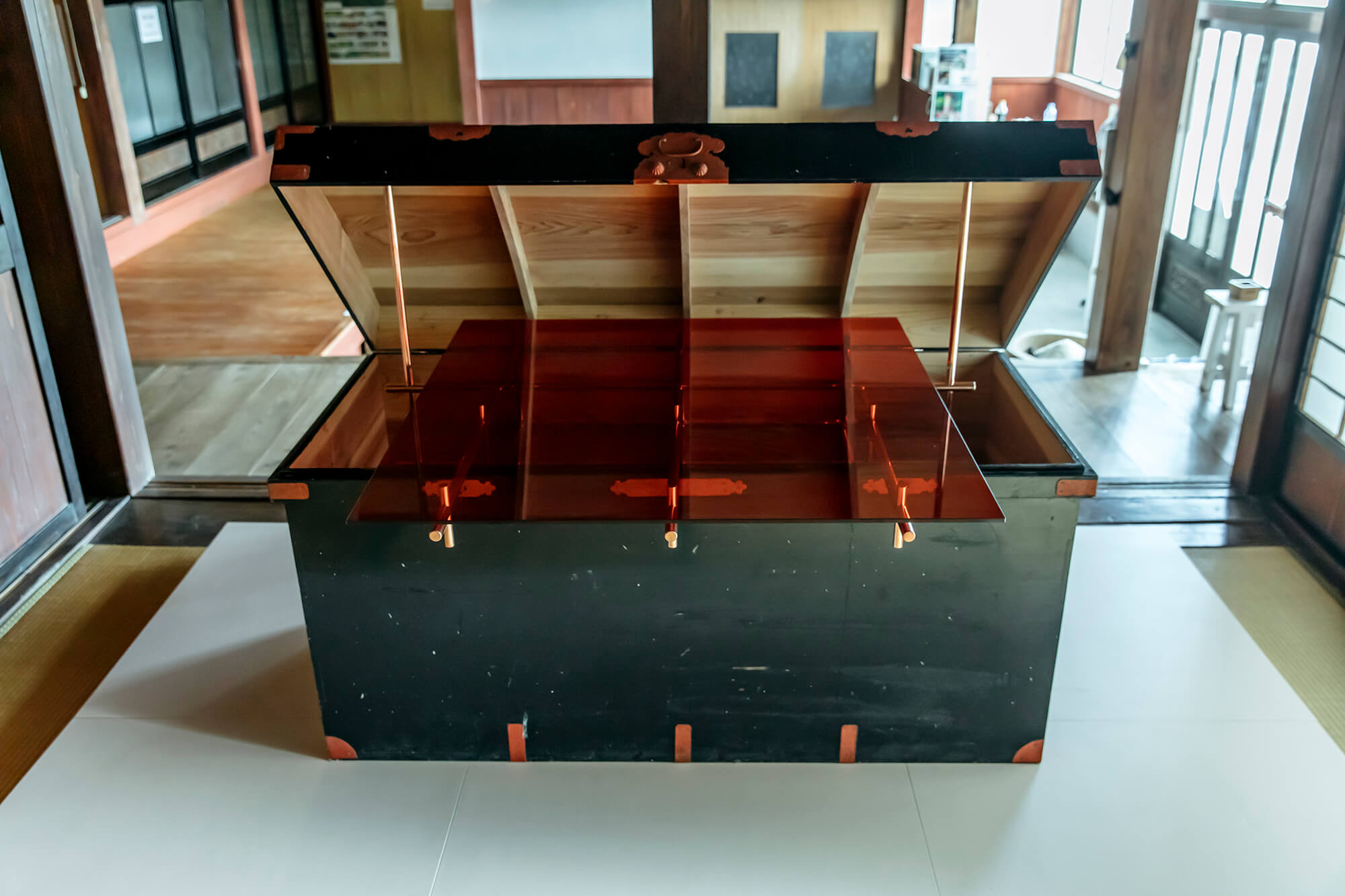
No.1
Bride on Mars
ブライド オン マーズ / 火星の花嫁に捧ぐ
「長持(ながもち)」と呼ばれる大きな箱は、かつて地球で嫁入り道具の葛籠(つづら)として用いられていたもの。2323年、火星へと嫁ぐ花嫁。赤い金具に真っ赤な天板のそれは、ともすれば大きな口を開けた箱が“あかんべぇ” をしているような面持ち。花嫁は何を胸に秘め、その家具を携えて火星に嫁ぐのだろうか。
A large box called a Nagamochi was used to hold the bride’s wedding gifts. 2323, in the space century, a bride may marry on Mars. The red metal fittings and bright red glass top of the table presented to look like stick out his tongue. What will the bride have in mind when she marries on Mars with the table?
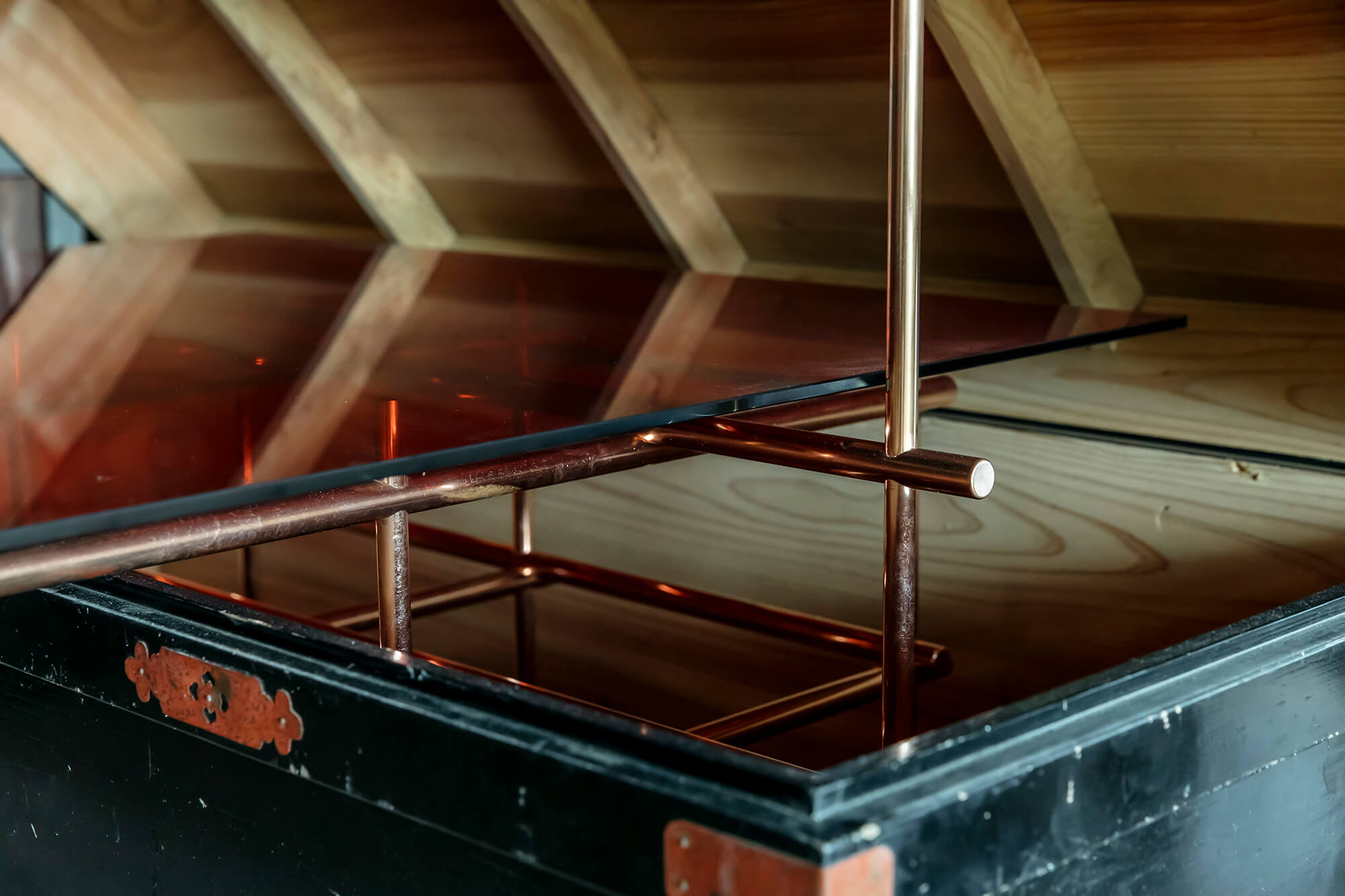
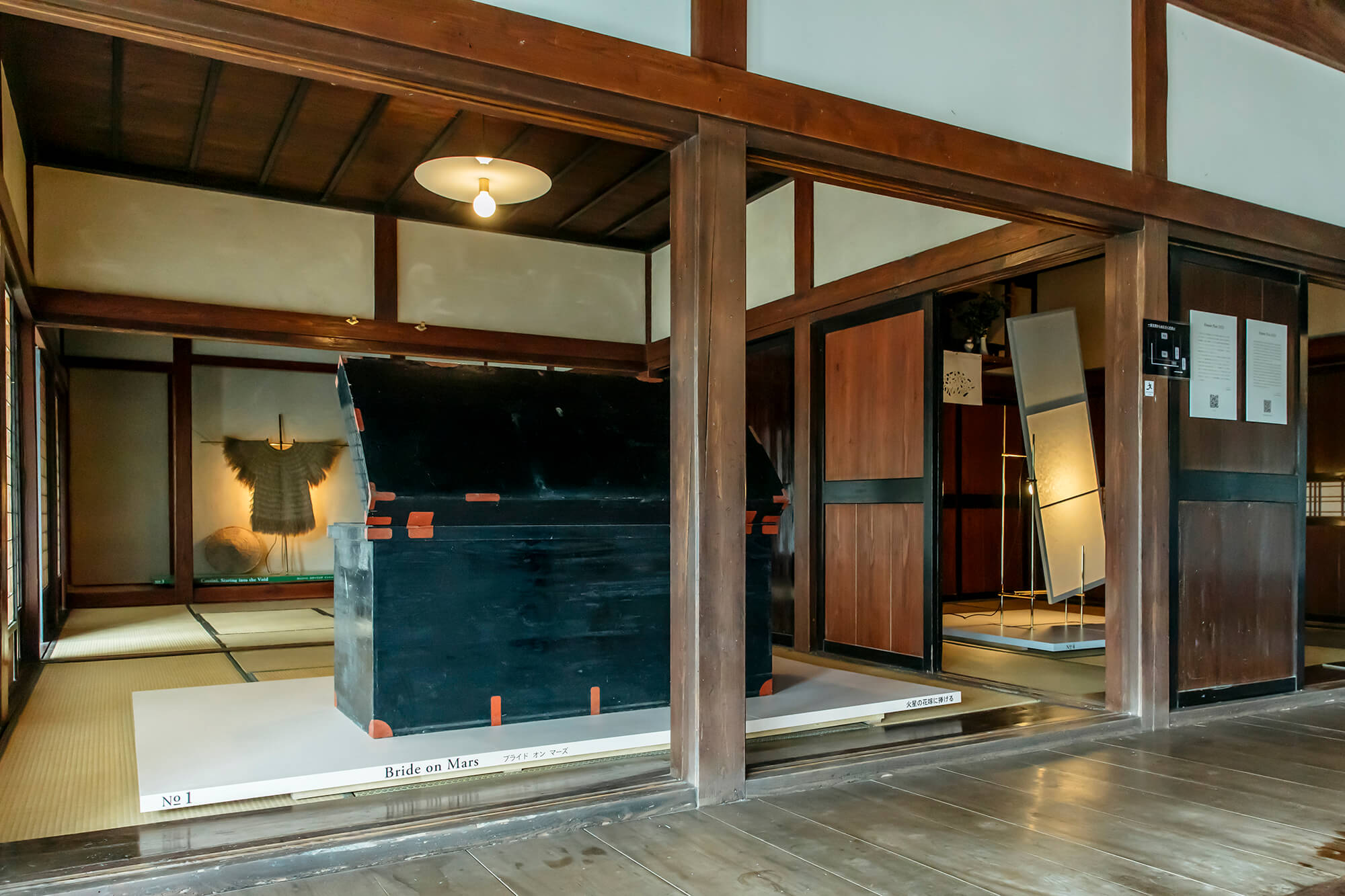
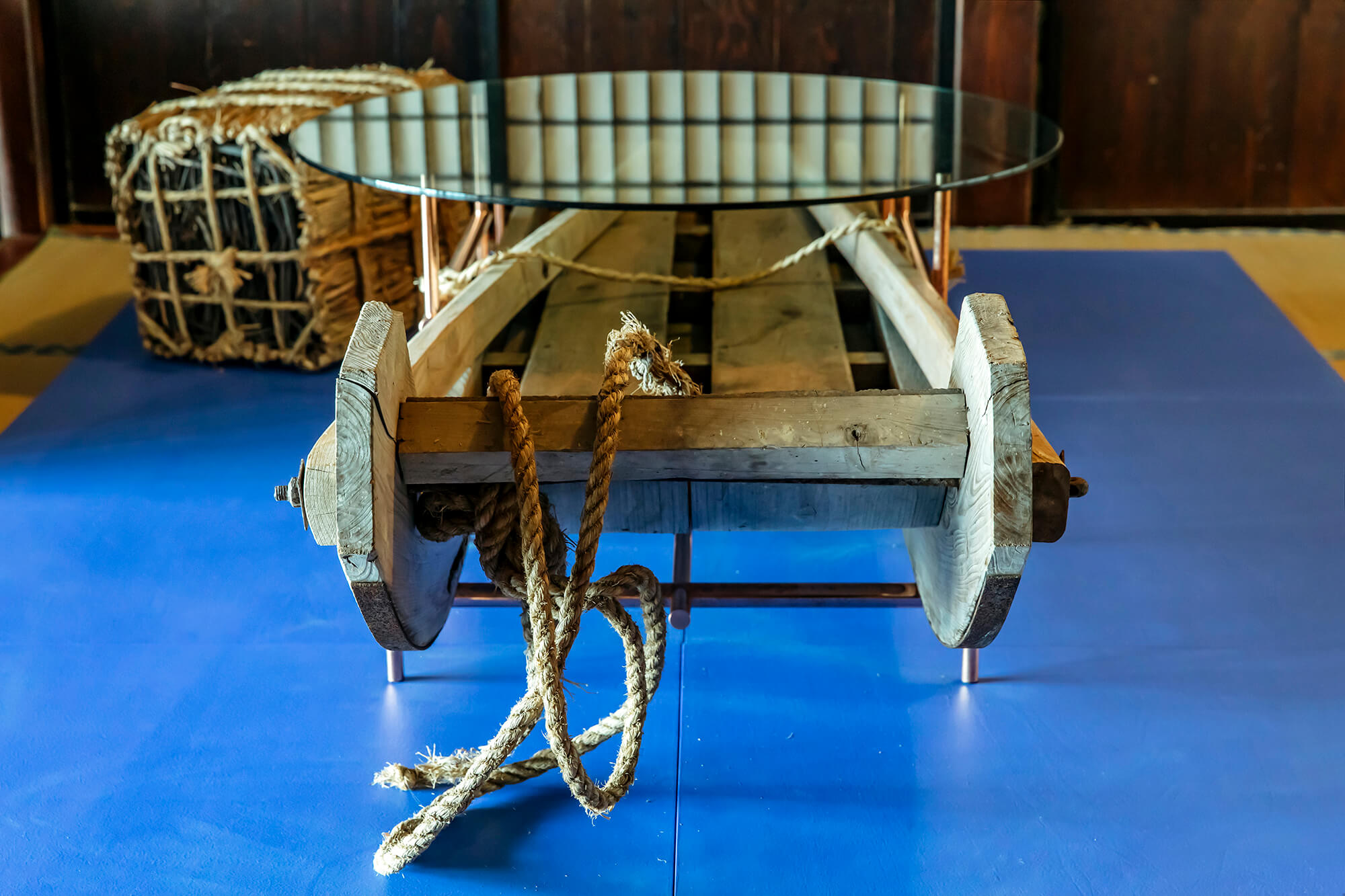
No.2
Dear Astronauts
ディア アストロノーツ / 宇宙へ焦がれる人類へ
かつての冬に炭の藁を運ぶためのものだった「橇」を、宇宙を駆ける宇宙船に見立てた。300年後の地上には、未だ宇宙へ出ることが叶わぬ人々がいるかもしれない。それでも誰もが空へ飛び立つことを思うことが、当たり前の時代であることに変わりはないのだろうと願う。
Imagined the sled, once used to transport charcoal package in the winter, likened to a spaceship that travels through space. 300 years from now, there may still be people on earth who have not yet been able to fly into space. Still, I hope that it will still be commonplace for everyone to think about space odyssey.

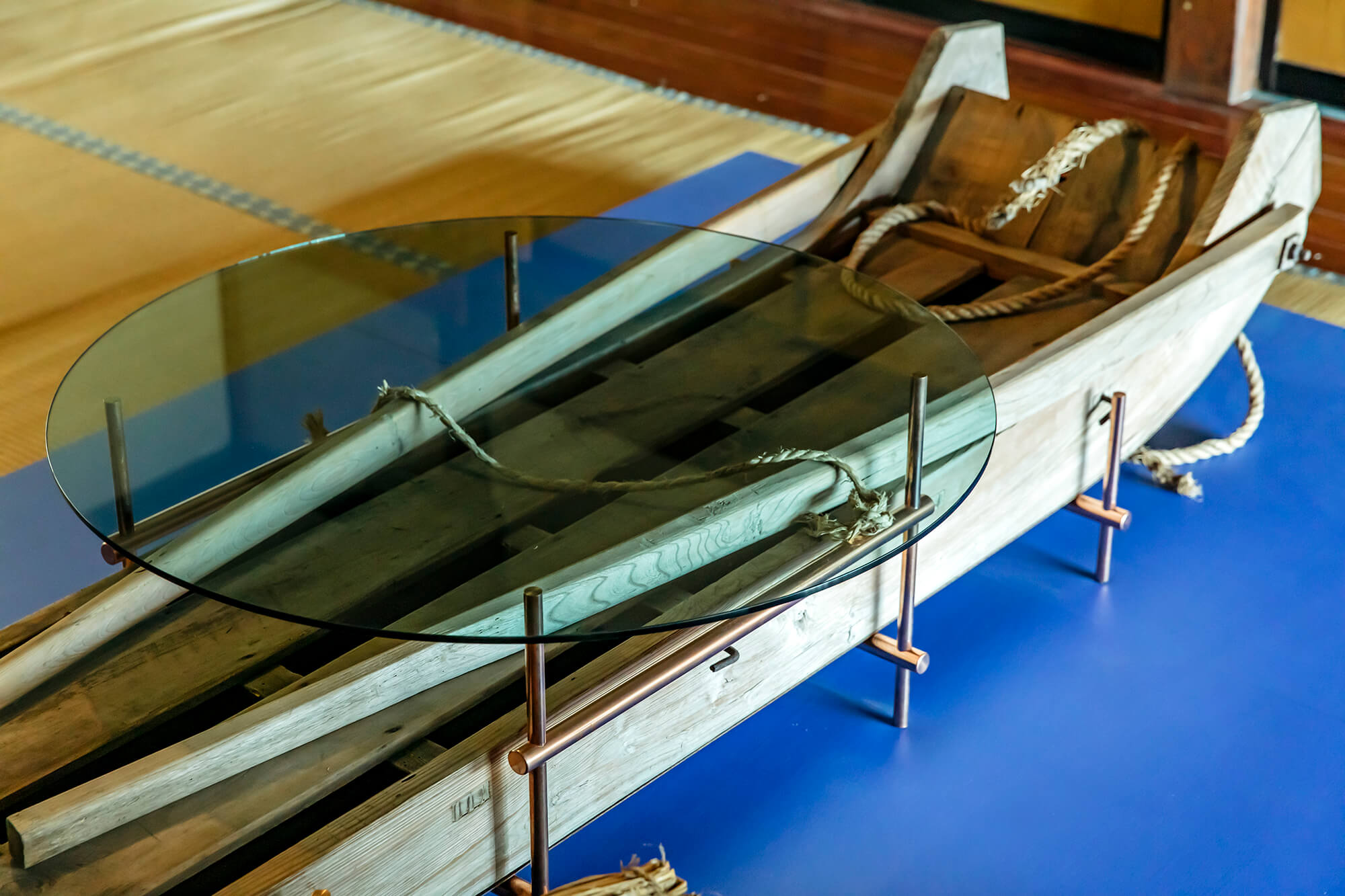
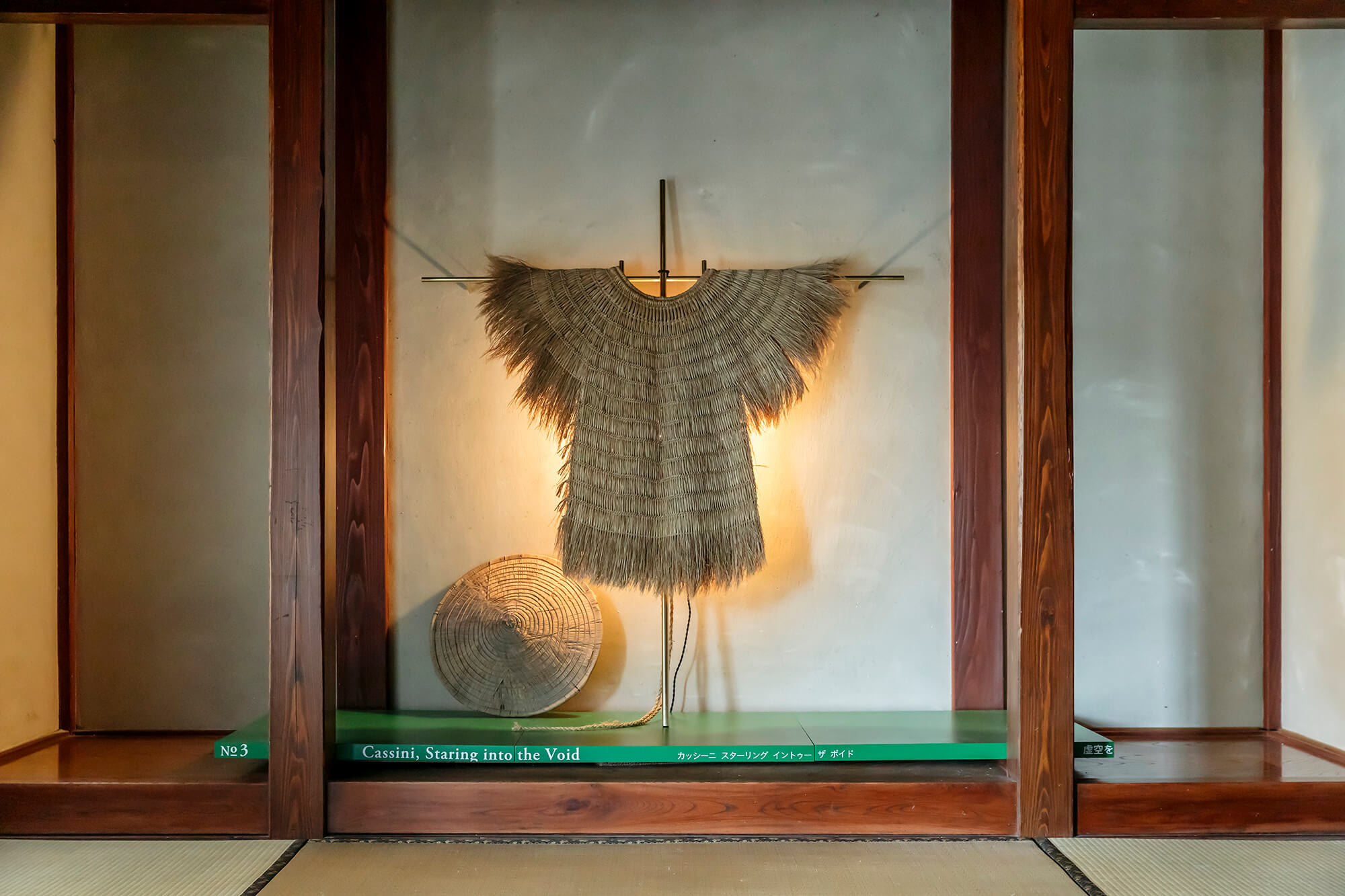
No.3
Cassini, Staring into the Void
カッシーニ スターリング イントゥー ザ ボイド / 虚空をみつめるカッシーニ
1675年、天文学者ジョヴァンニ・カッシーニによって発見された土星の環にある空隙(くうげき)。蓑を背負った案山子(かかし)は、宇宙で人々が迷わぬ目印として土星の環に突き立てられる。彼方の空でその虚空を見つめる彼の役目は、遥かその先の銀河への水先案内人になることだ。案山子の名前は、カッシーニ。
The void in Saturn’s rings, discovered by astronomer Giovanni Cassini in 1675. A scarecrow with a straw winter‐cape on his back is propped up against Saturn’s rings as a marker to help people find their way in the universe. Staring to the void, his role is to be a guide to the galaxy far beyond. The scarecrow’s name is Cassini.
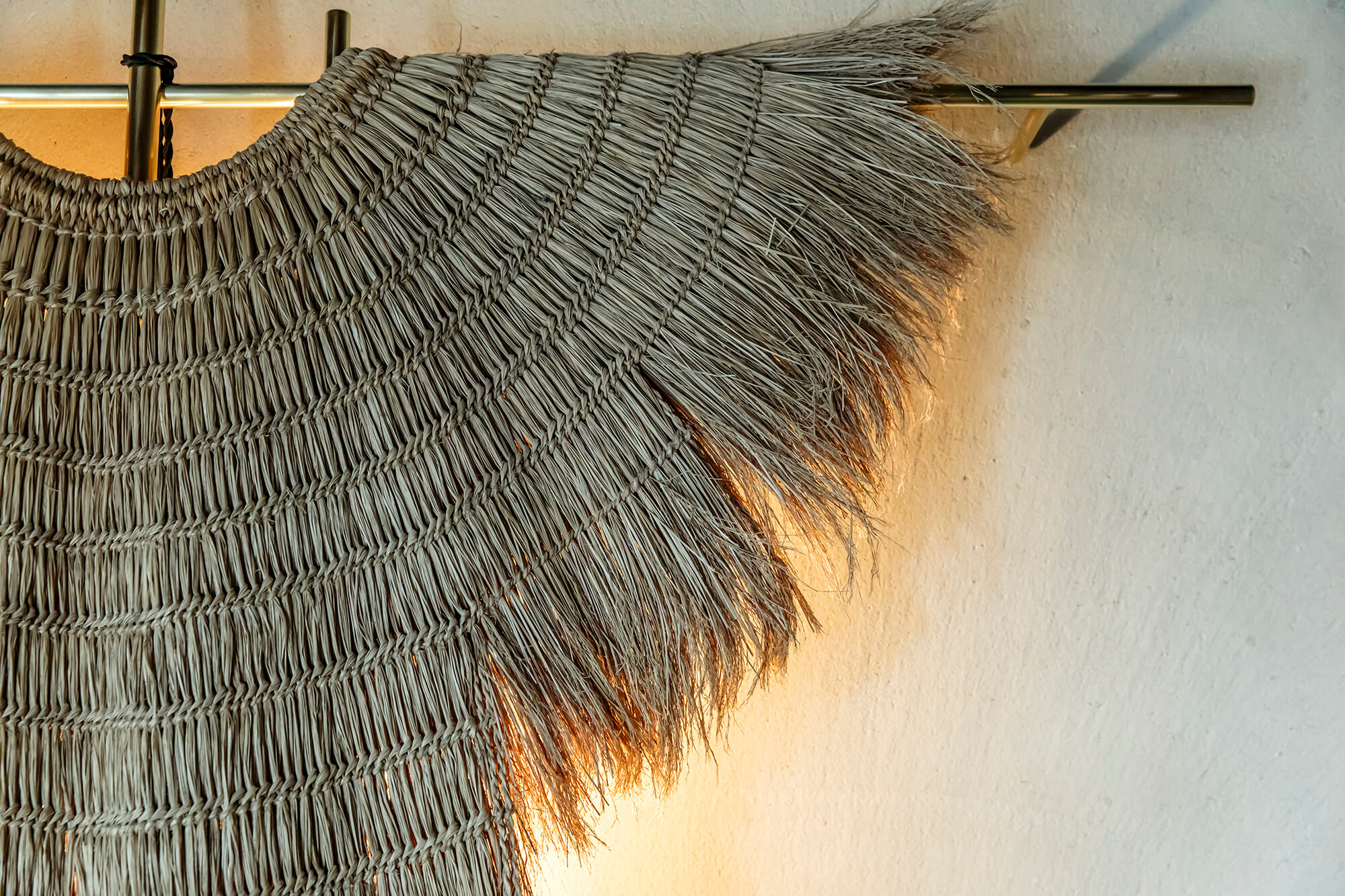
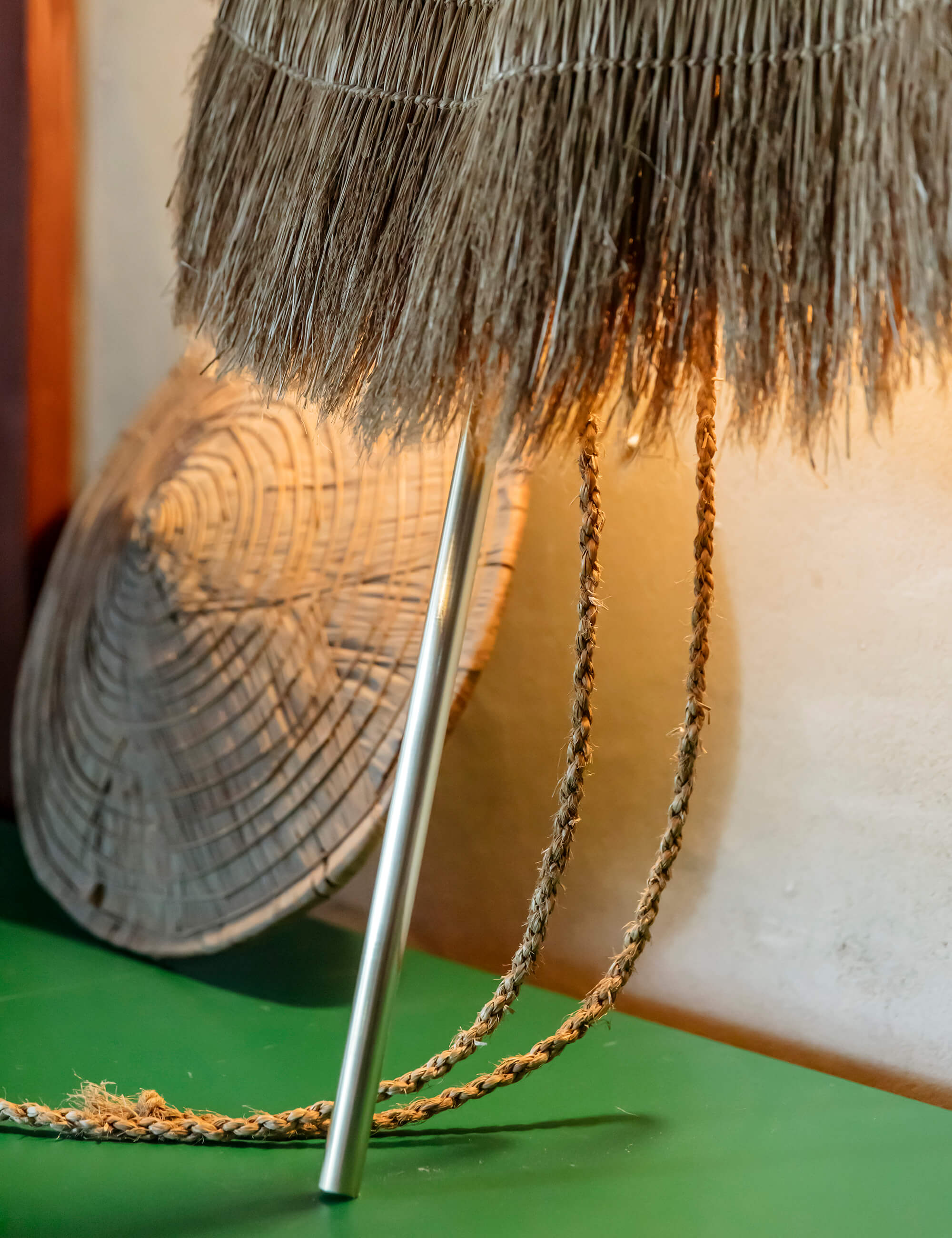
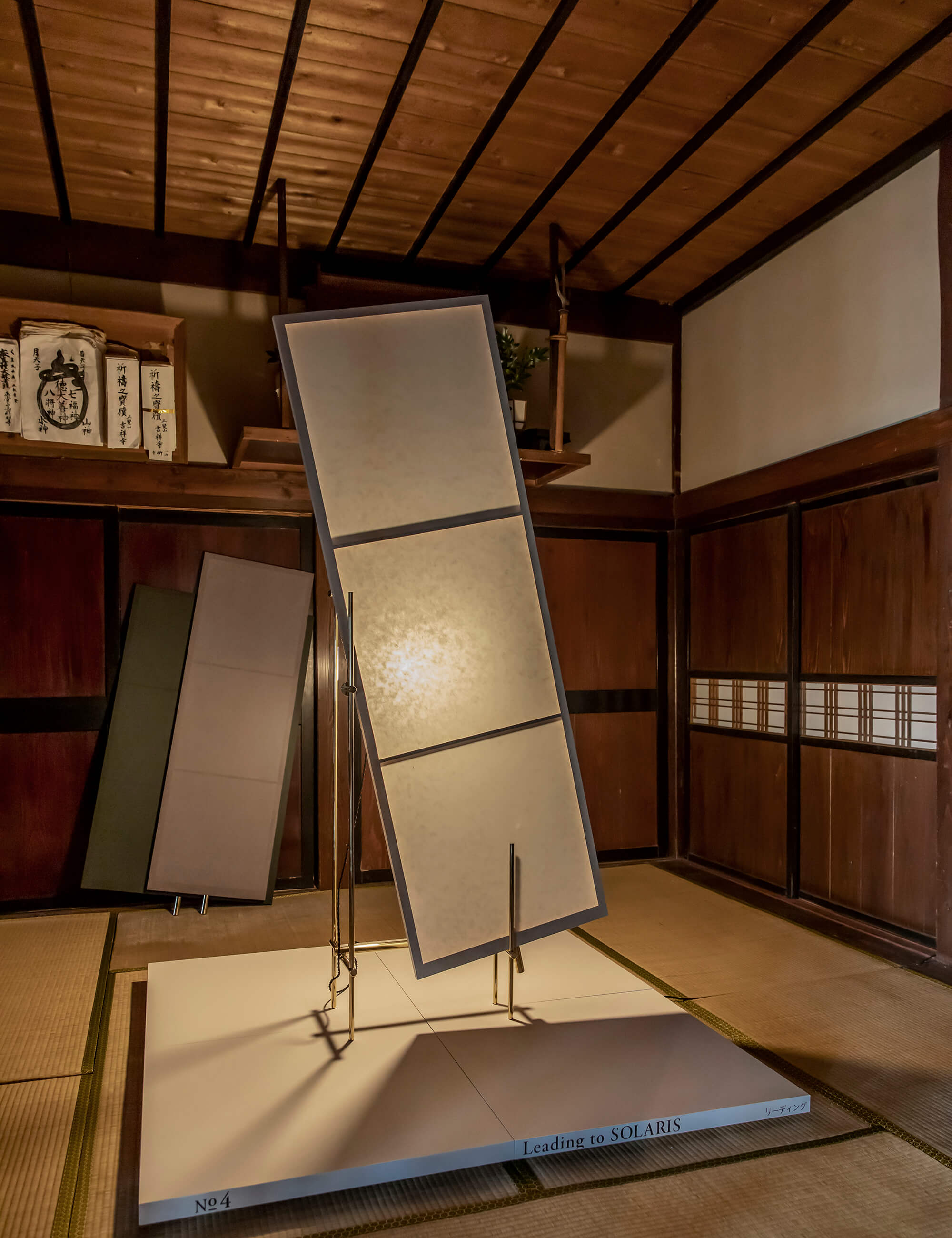
No.4
Leading to SOLARIS
リーディング トゥー ソラリス / ソラリスへ至る more detail >>
日本家屋に在る「障子」という1つのフォーマットを変容させた窓灯り。惑星ソラリスと地上をつなぐゲートとして、いまだ果たせぬ未知との出会いを郷愁の中に視る。「ソラリスの海」は、いま何を思い、私たちに問いかけてくるのだろうか。
「惑星ソラリス」-1977年、アンドレイ・タルコフスキー監督
A window light that transforms the “Shoji” (sliding door) format of the Japanese house. As a gate connecting the planet SOLARIS and the ground, it is a nostalgic vision of an encounter with the unknown that has yet to be fulfilled. What does “The Ocean of SOLARIS” think and ask us now?
“SOLARIS” – 1977, directed by Andrey Tarkovsky
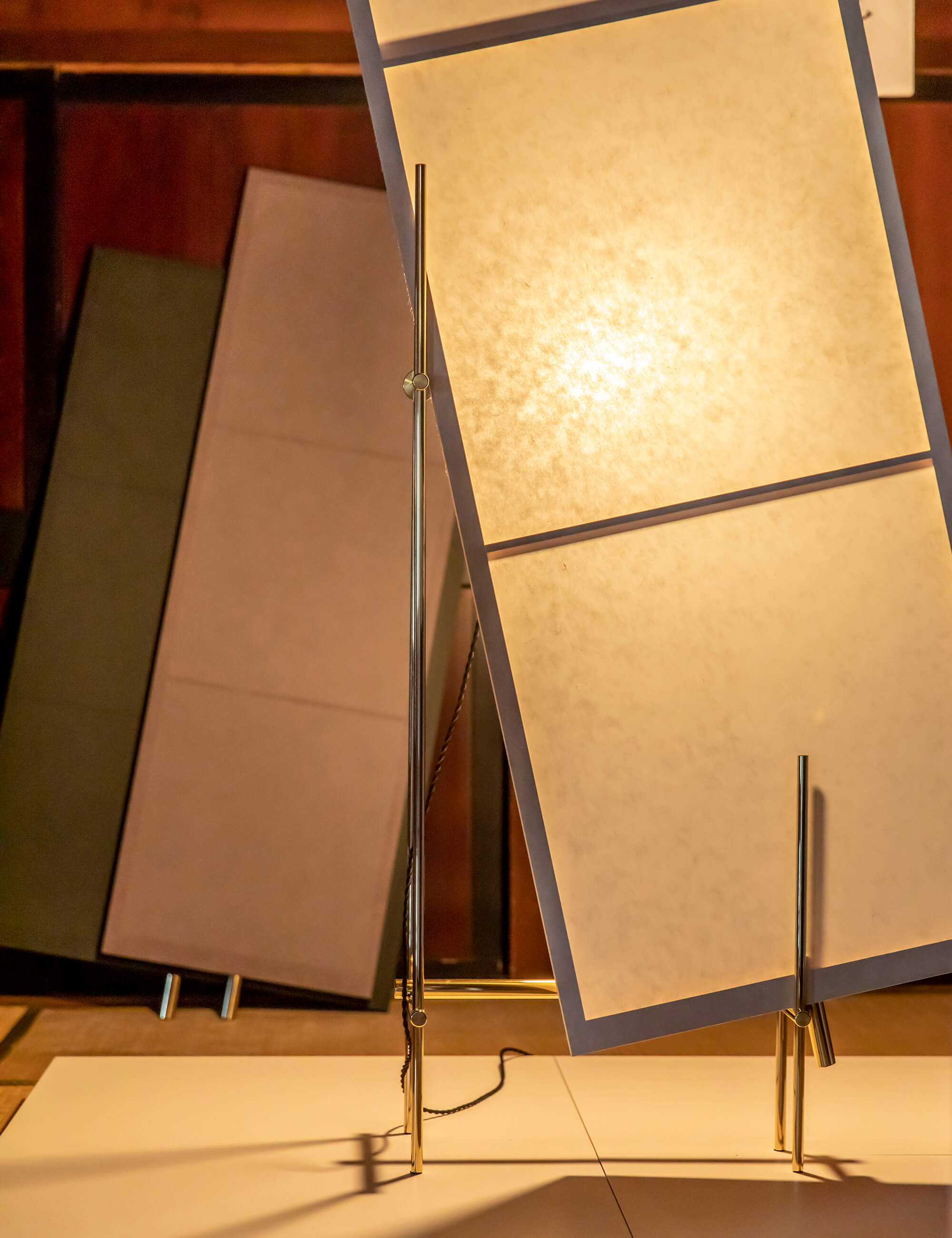
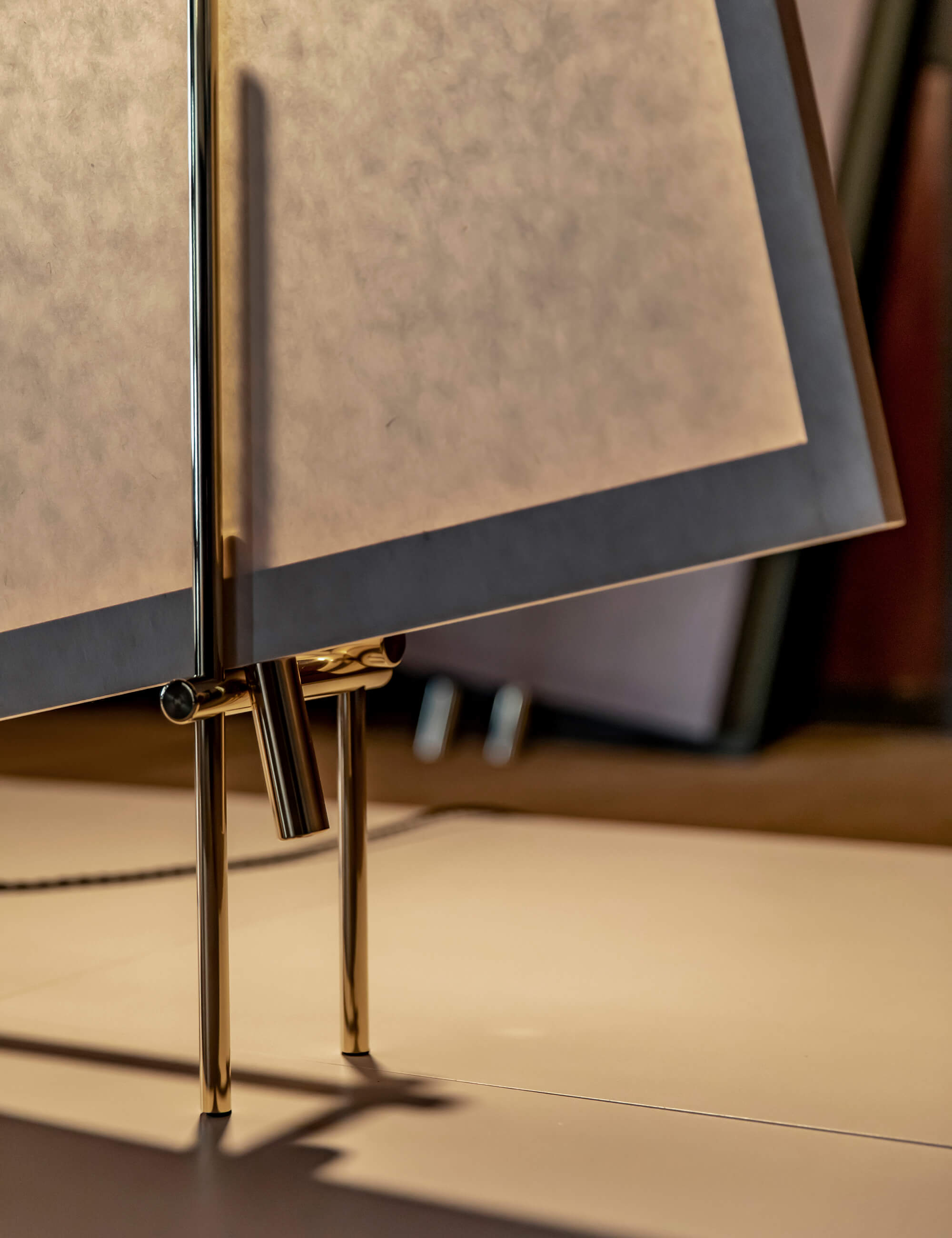
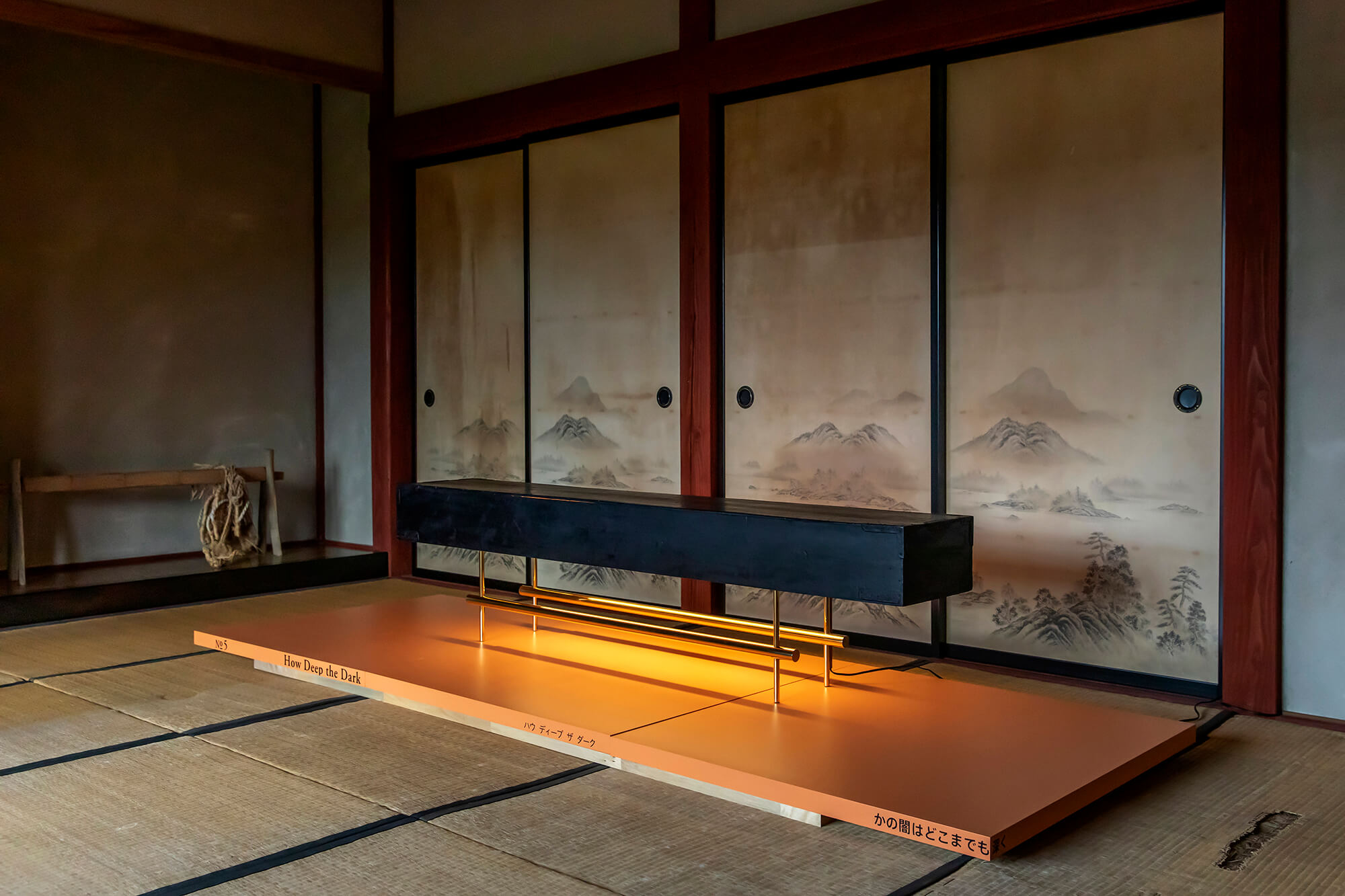
No.5
How Deep the Dark
ハウ ディープ ザ ダーク / かの闇はどこまでも深く
古い道具にたち現れる痕跡。その質感や傷みが何よりも儚く愛おしい。大きな木箱の蓋であったそれは、いつの頃からか暗く深い闇に紛れる塊となり、虚空に漂うモノリスを想わせる。人類に叡智を授ける恩恵はなくとも、気づきをもたらす「何か」になることを願う。
The traces that appear on old tools. The textures and blemishes are more fleeting and endearing than anything else. It was once the lid of a large wooden box, but that is lost in the dark and deep darkness, reminding me of a monolith drifting in the void. I hope that it will become “something” that brings awareness, even if it does not bring wisdom to mankind.
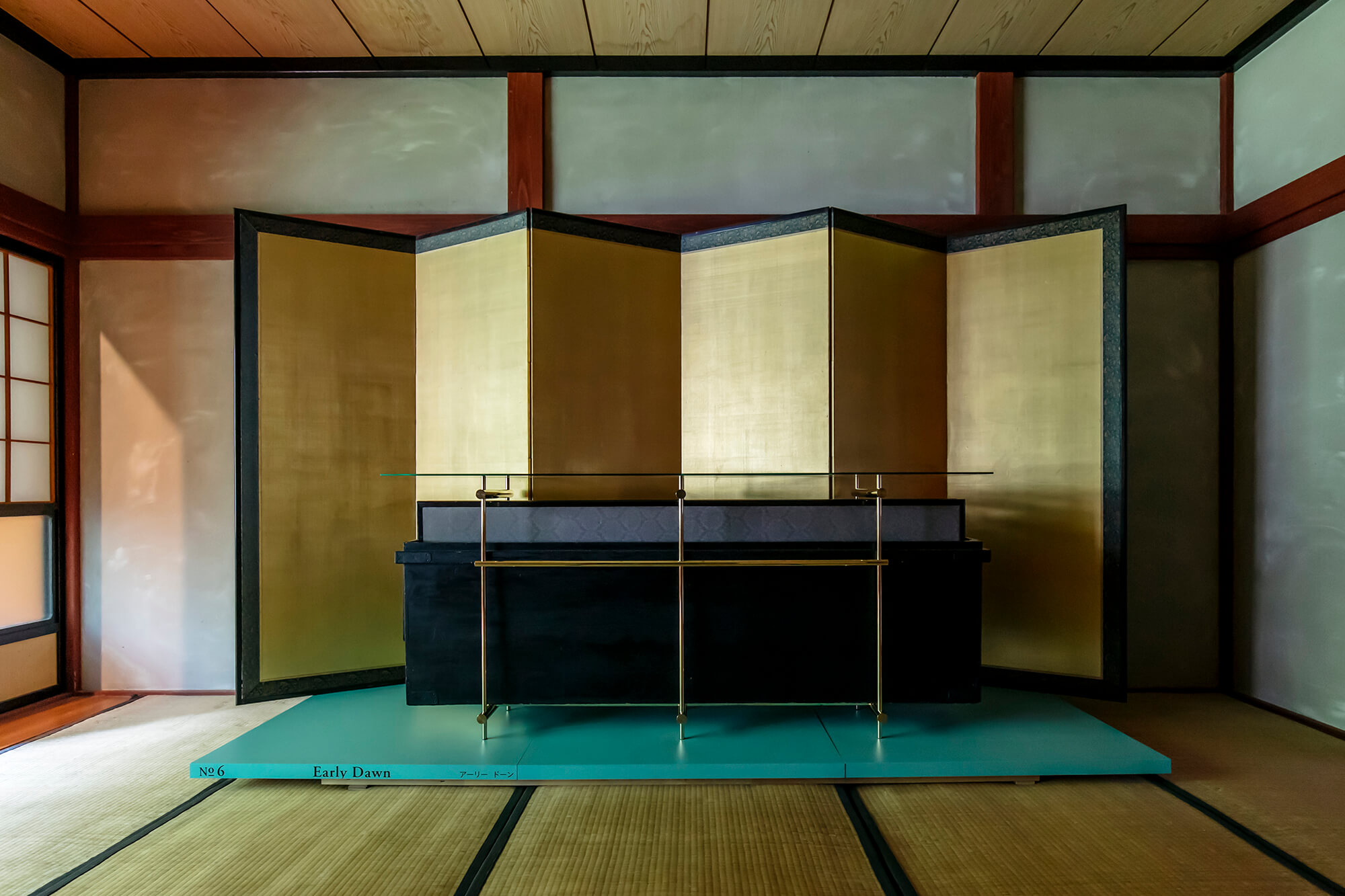
No.6
Early Dawn
アーリー ドーン / 明けの明星を眺める
金屏風。今では使われない晴れの道具。それでもその佇まいは空に輝く金星のように、いつまでも輝きを失わない。いつの時代でも闇が明け朝がくれば、私たちは生きていることに喜びを感じる。その景色を前にして、同時に死を分かち合うことができるのならば、人はまだその先へ向かうことができるかもしれない。
Golden folding screen. A tool for the traditional moment, no longer in usual today. Even so, its appearance, like Venus shining in the sky, never loses its luster. In everyday life, when the darkness ends and the morning dawns, we feel the joy of being alive. If we can share death at the same time as we look forward to that view, we may still be able to go onward.
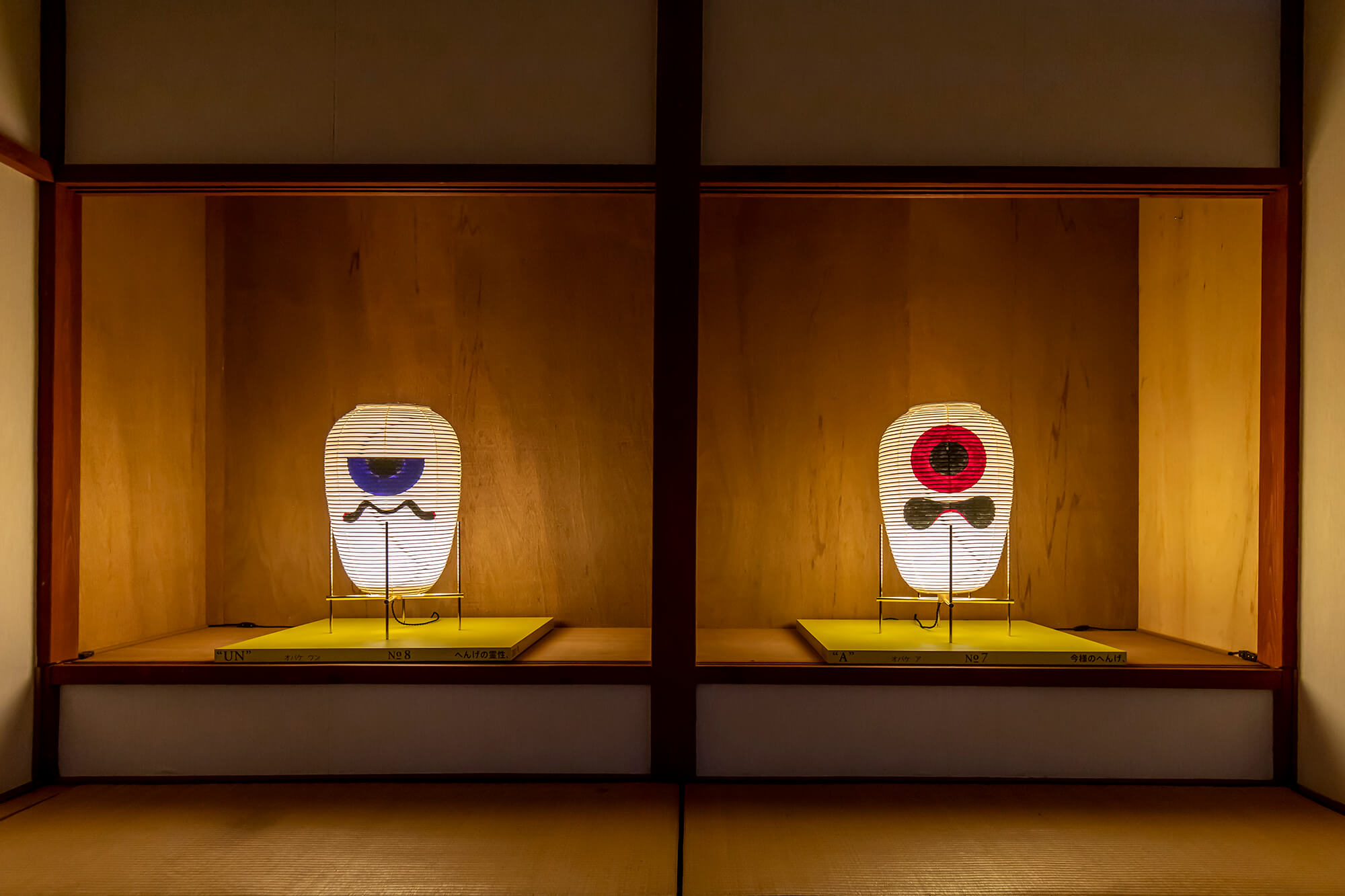
No.7 – 8
OBAKE “A”,“UN”
オバケ ア・ウン
今様のへんげ、探求の精神「阿」/涅槃の「吽」
提灯化ければ目玉がひとつ。さらに化ければ「阿吽のオバケ」。サンスクリットの梵字で、宇宙の始まりから終わりまでを表す言葉とされる「阿吽」。さらに「阿 」は、真実や求道心を表すという。赤目が見るのはどれだけ先の未来だろうか。300年後の未来で、人類の真実がどこにあるのかを計り知ることはできない。「吽」は智慧や涅槃にたとえられる場合もあるという。涅槃は宇宙の果てにあるものなのか、私たちの身近に在るものなのか。未来の人類にとってのそれは、理解を経た過去の思想になるのだろうか。「吽」のオバケの閉ざされた口元。語ろうとするは私たちの行く末か、300年後の人類の風景か。
These one‐eyed OBAKE have a meaningful look that originated in ancient Sanskrit culture. The red-eye “A [a]” is the facial expression that is the first pronunciation to make a sound in Sanskrit, which means “truth” and “spirit of inquiry” at the same time. The blue-eyed “UN [hūṃ]” expresses the pronunciation to close the sound, and at the same time means “wisdom” and “nirvana.” There is also the idea that describing the beginning and end of the universe is represented by considering the “A” and “UN” as a pair. In Asia, it is a common sight to see a pair of guardian statues with the expression “A-UN” placed at the entrance of temples and shrines.
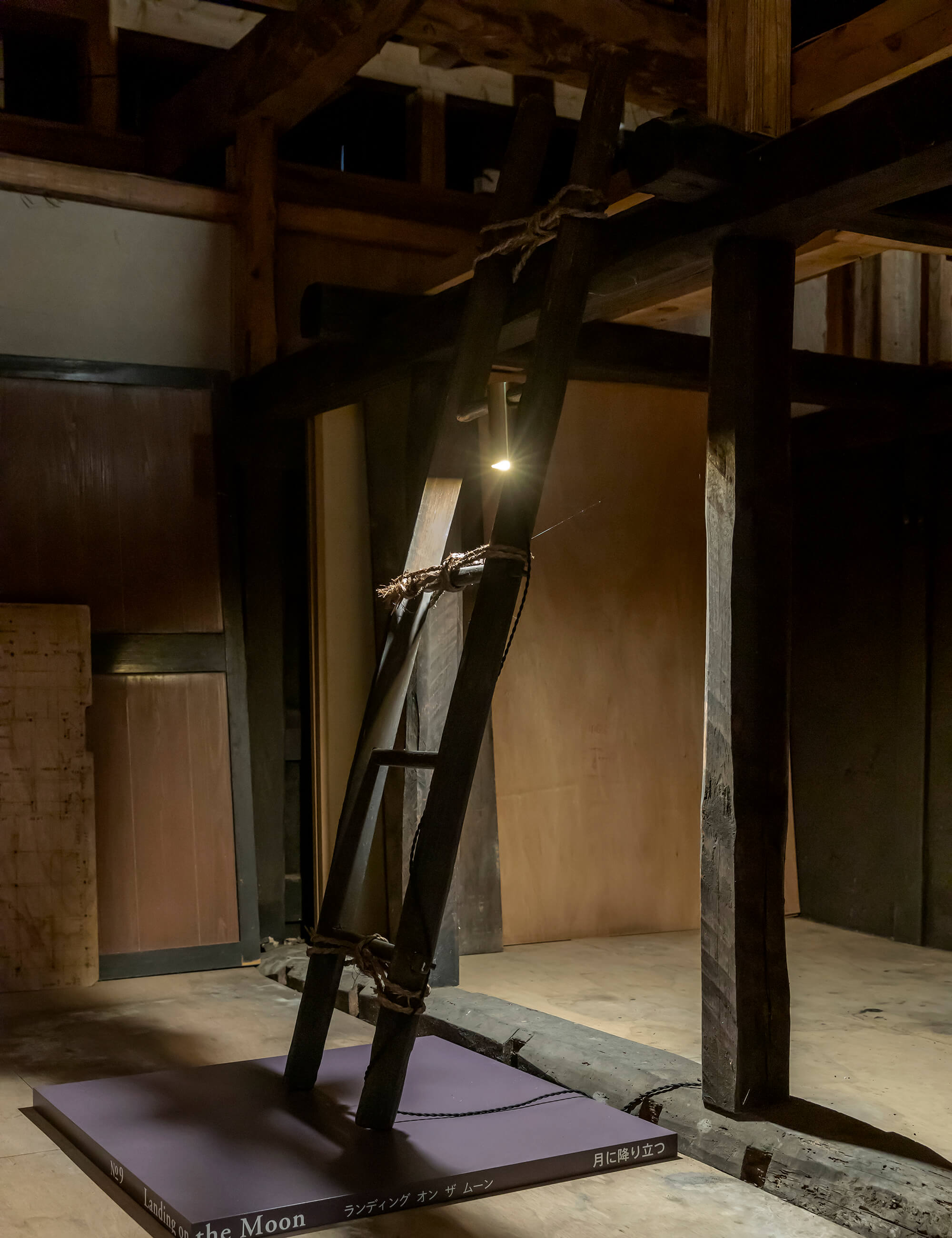
No.9
Landing on the Moon
ランディング オン ザ ムーン / 月に降り立つ
屋根裏で見つけた古梯子。囲炉裏の煤で染まった墨色に明かりを灯し、月に降り立つ足元を照らす。機能的で理にかなった道具ばかりが必要とされなくなった300年後の未来では、古木の梯子で月に降り立つことが人々のトレンドになっているかもしれない。「ちょっと月まで行ってくるよ。」
An old ladder found in the attic of this old house. Hanging the light on a black ink-colored ladder stained with soot from the hearth will illuminate your feet as you landing on the moon. 300 years in the future, when functional and usuful tools will no longer be necessary, it may become a trend to use an old wooden ladder to land on the moon. “I’m off to the moon.”

No.10
Do Androids Dream of a Luscious
ドゥ アンドロイズ ドリーム オブ ア ルーシャス / アンドロイドは甘美な夢に浸るのか
300年後に「人類」と呼べるものは哺乳類を起源にした我々だけなのだろうか、否、そこには機械を祖先にしたアンドロイドたちもいることだろう。彼らから見れば300年と数十年前の扇風機は祖先も同然なのかもしれない。その存在に憂と愛情を与えることが旧人類としての責任だと想像してみる。
300 years from now, will we be the only ones who can be called “human beings,” or will there be androids with mechanical ancestors?From their point of view, the fan of more than 300 years ago may be as good as an ancestor. I imagine that it is our responsibility as old humans to give melancholy and affection to that existence.
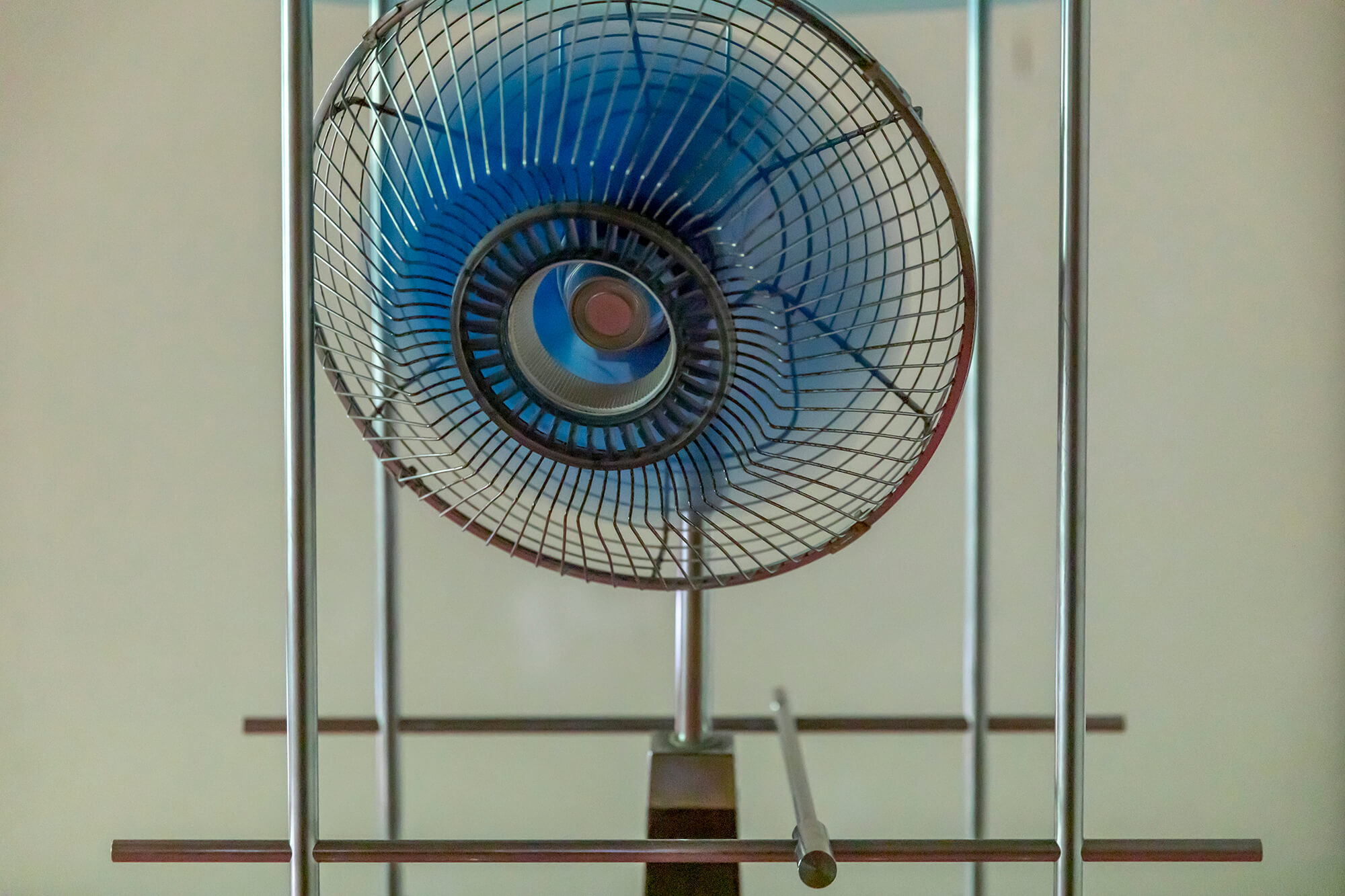
No.11
Do Androids Dream of Blue, Blue and Blue
ドゥ アンドロイズ ドリーム オブ ブルー ブルー アンド ブルー / アンドロイドは果てのない碧を夢見るだろうか
宇宙世紀において「地球」という存在は、どういったものなのだろうと想像する。帰るべき故郷なのか、過去のユートピアなのか。そこにあったご祖先さま(アンドロイドにとって)は人間に隷属した器物なのか、それとも大切なパートナーだったのか。彼(扇風機)のみる夢は、人ならざるものの憂を孕むのか、人ではなかったことに安堵する者(物)の果ての姿なのか。今に答えはありはしない。
I imagine what the existence of “Earth” is like in the space century. Is it a home to return to or a utopia of the past? Were the ancestors(for the androids) in there just things enslaved by humans, or were they friendly partners? Is that he (the blue fan) dreams of the melancholy of the non-human, or is it in the end of those (things) who are relieved that they were not human? There is no answer at this moment.
Photo by Mitsuyuki Nakajima
